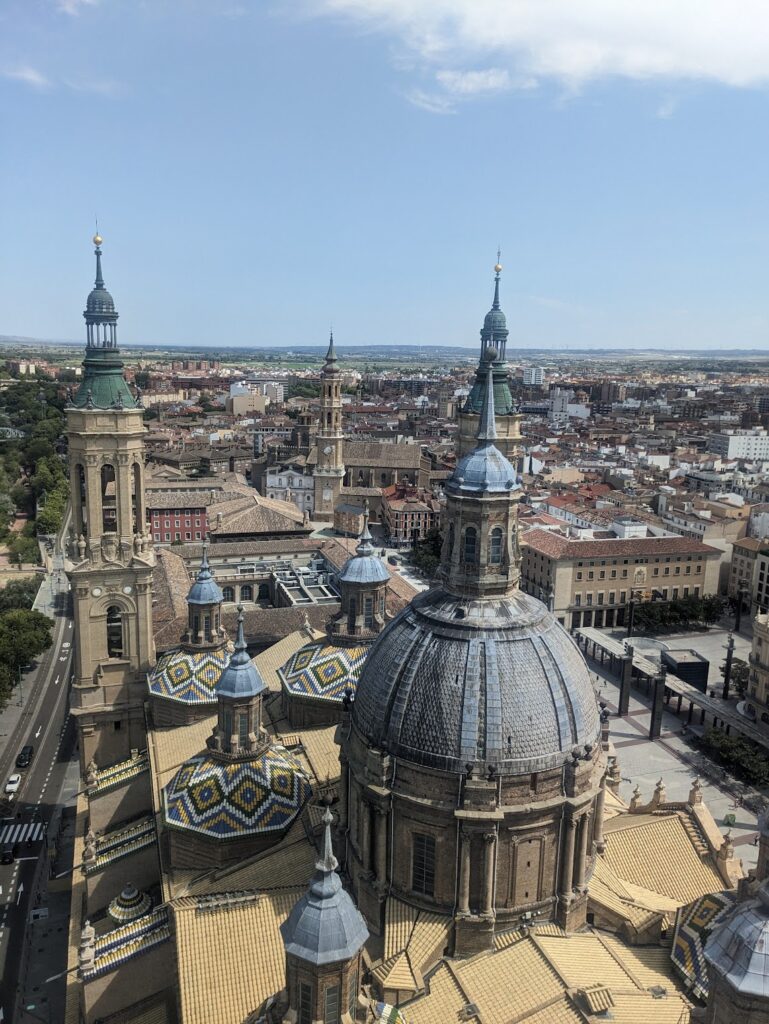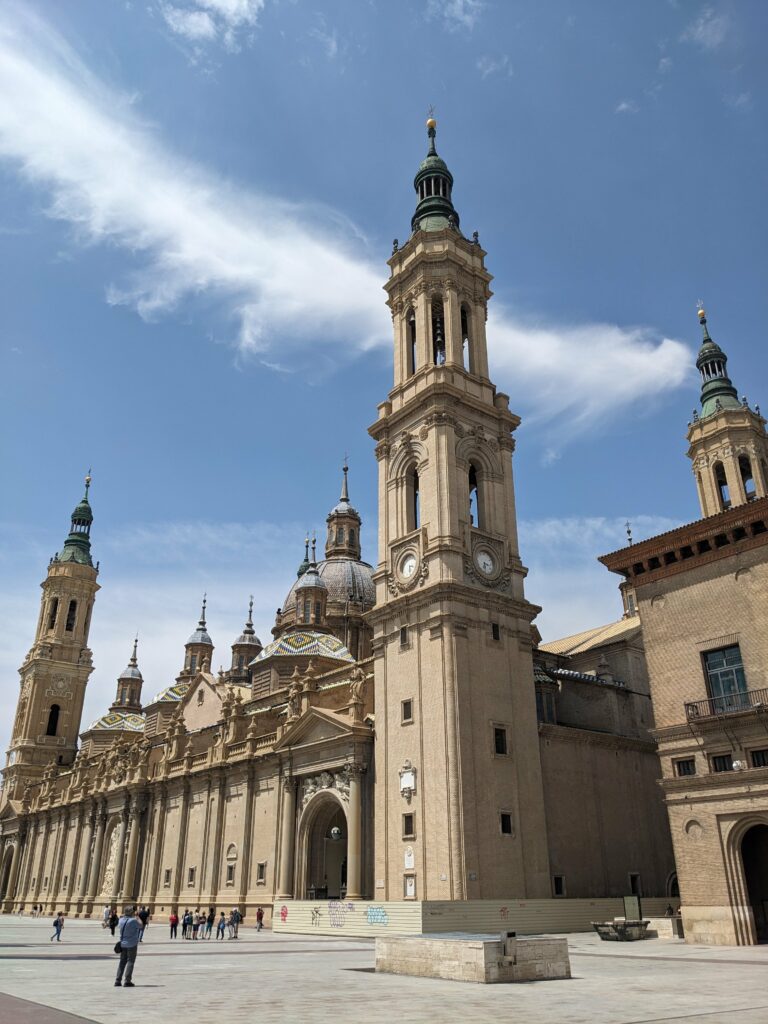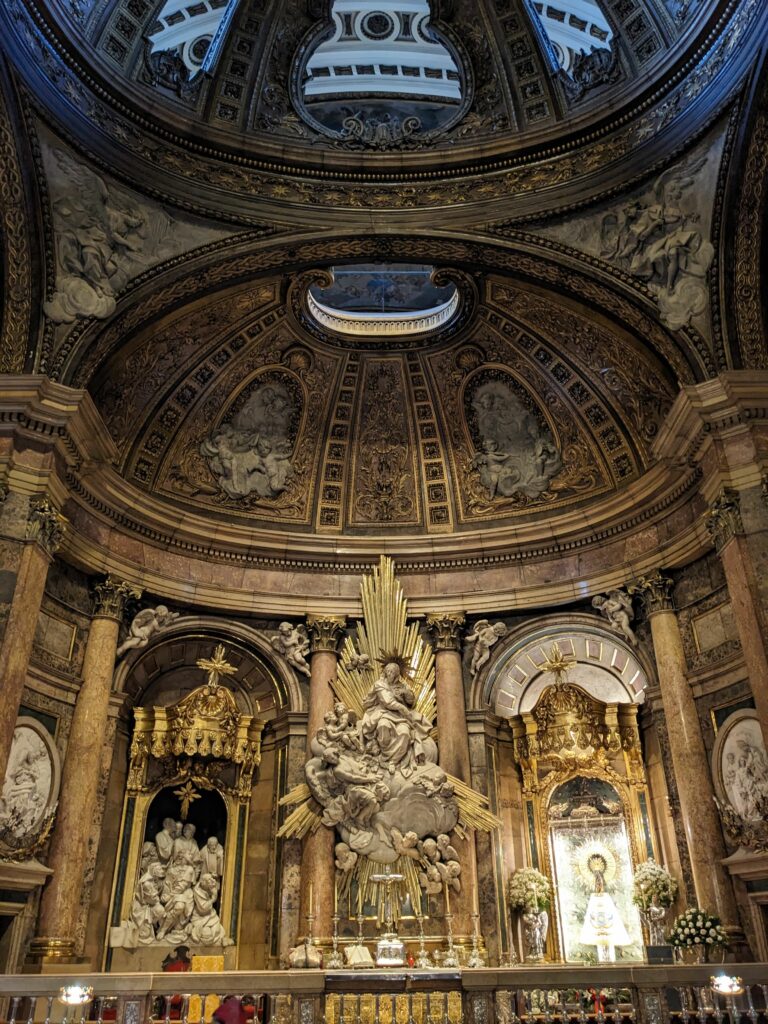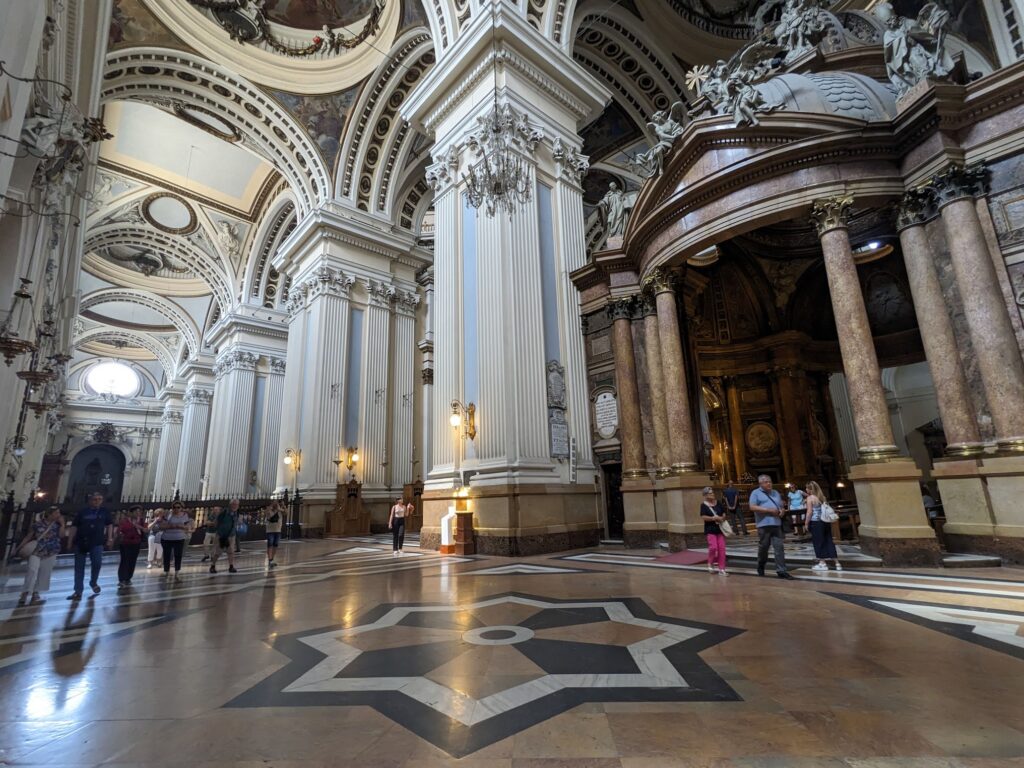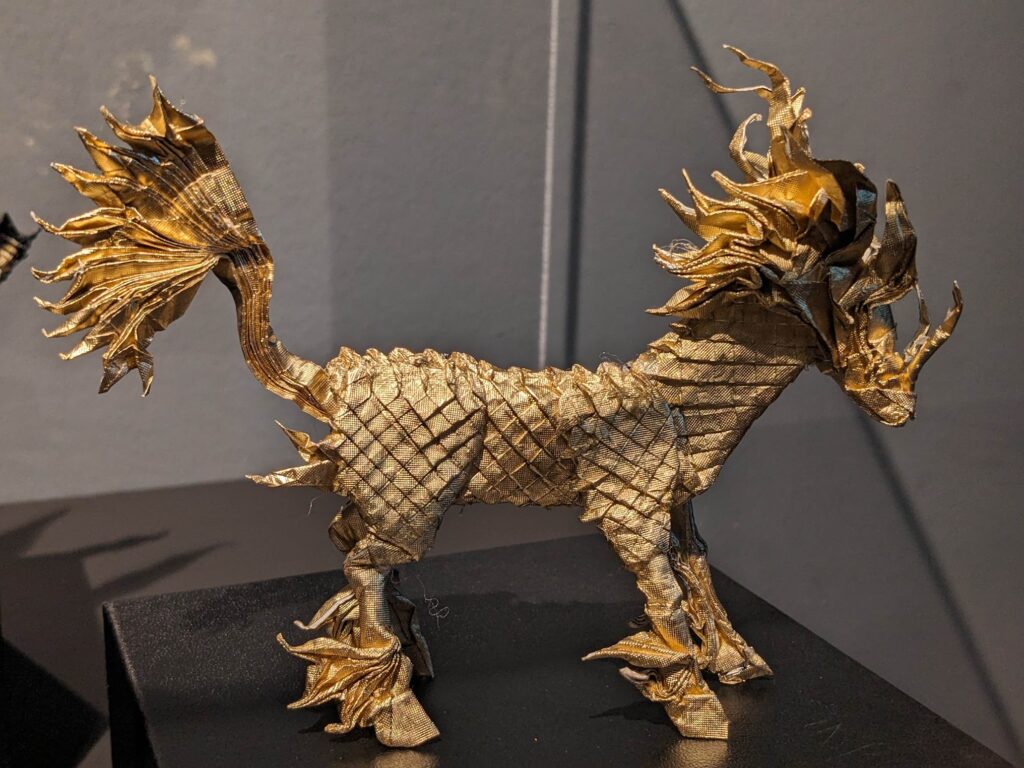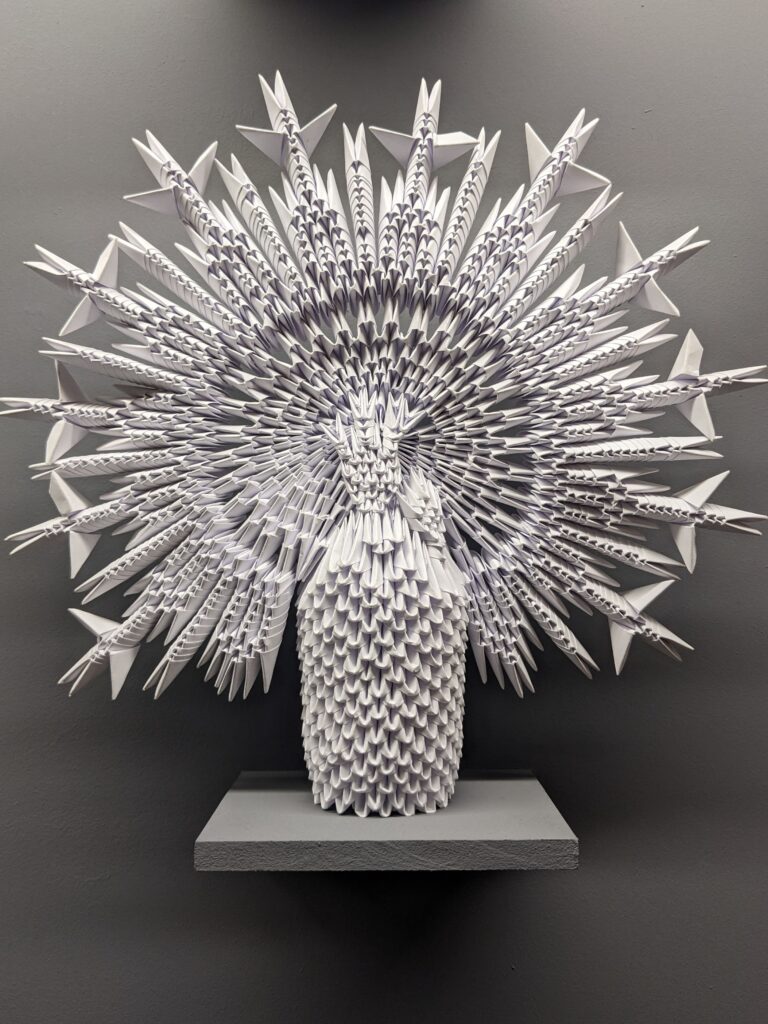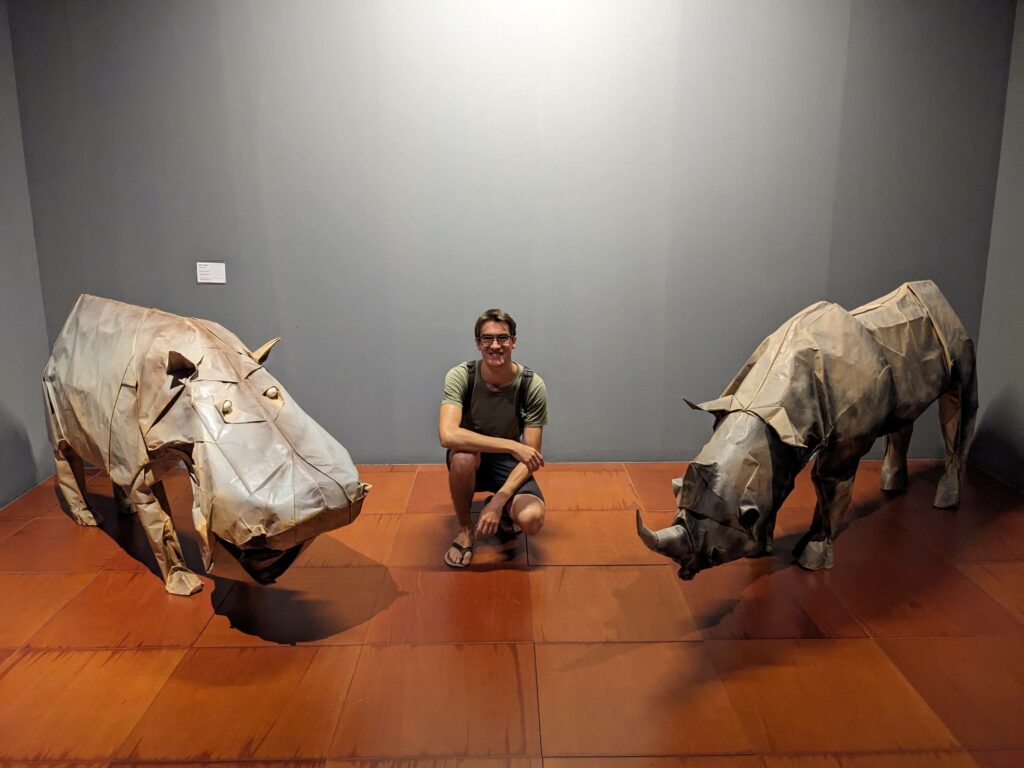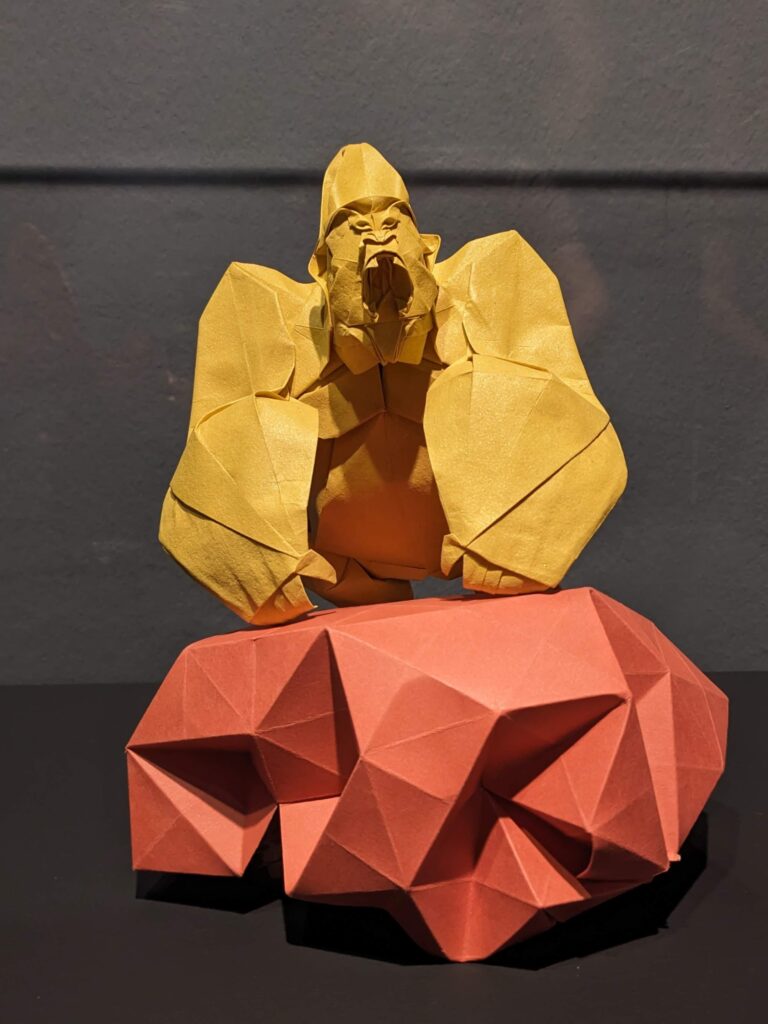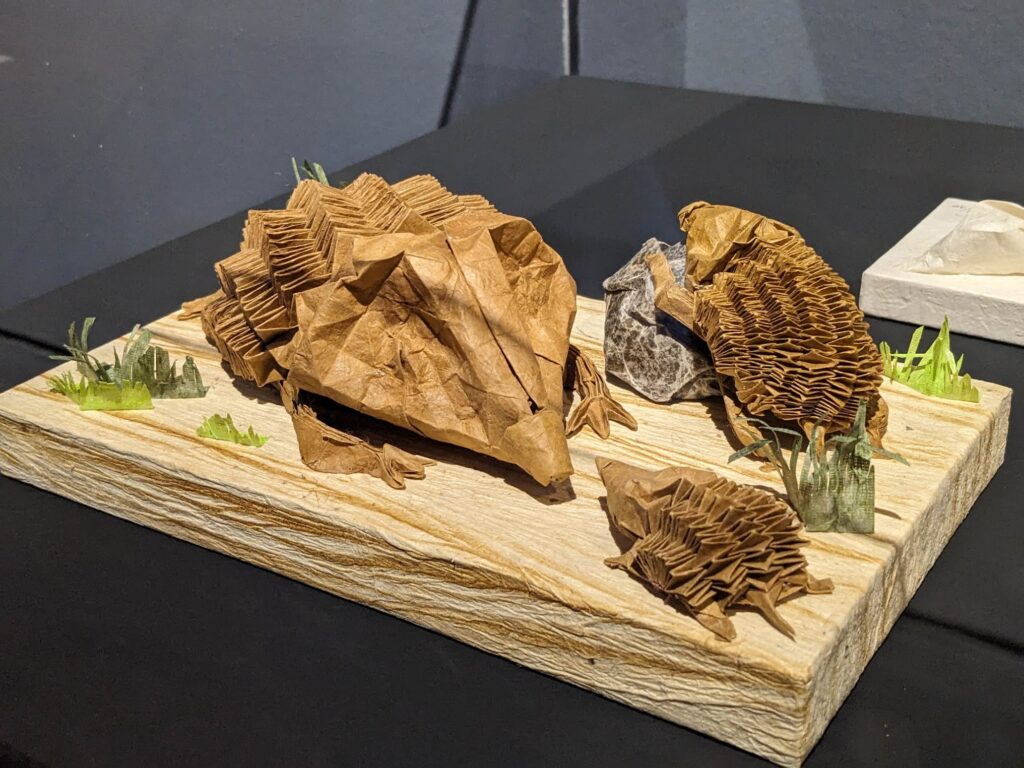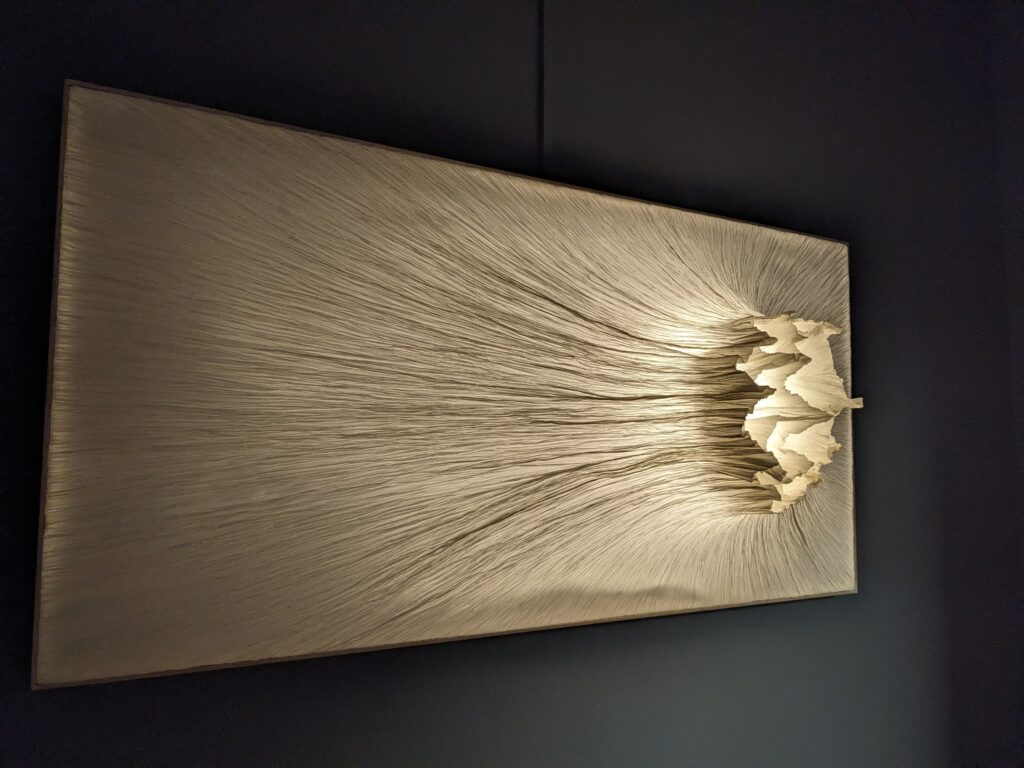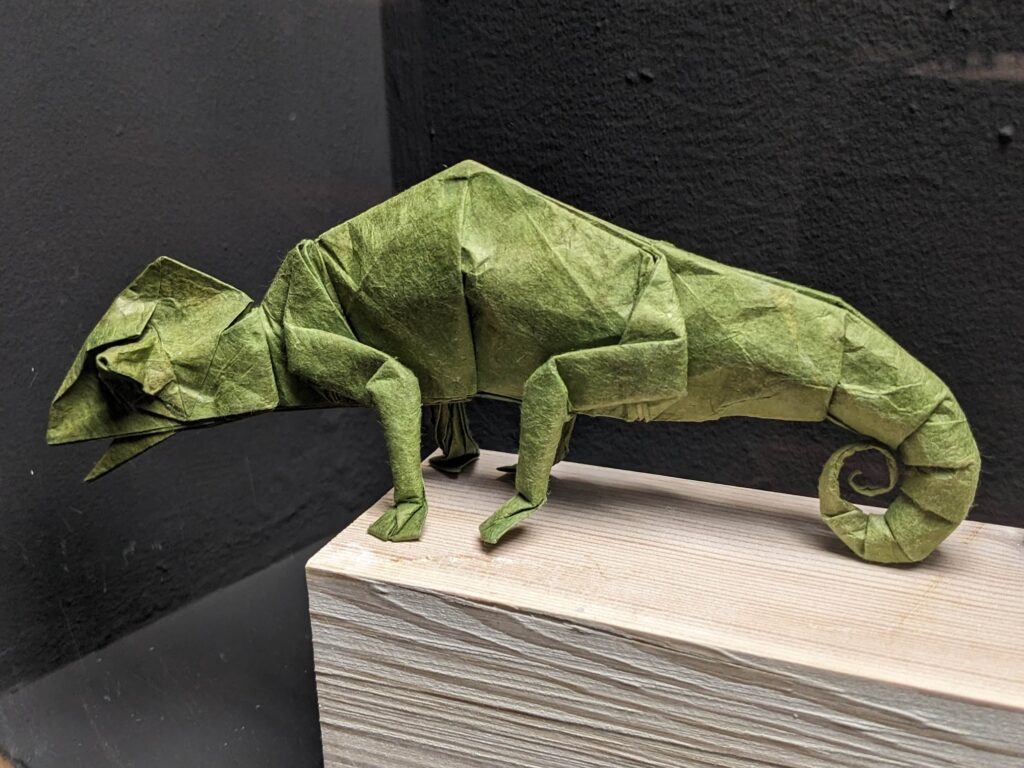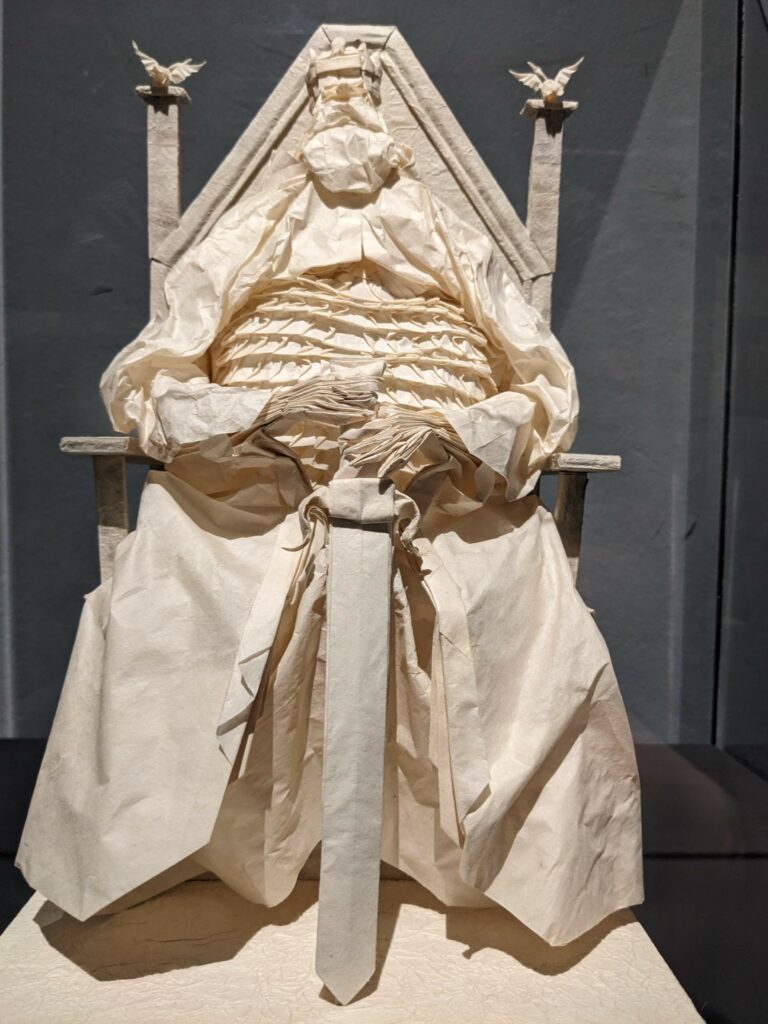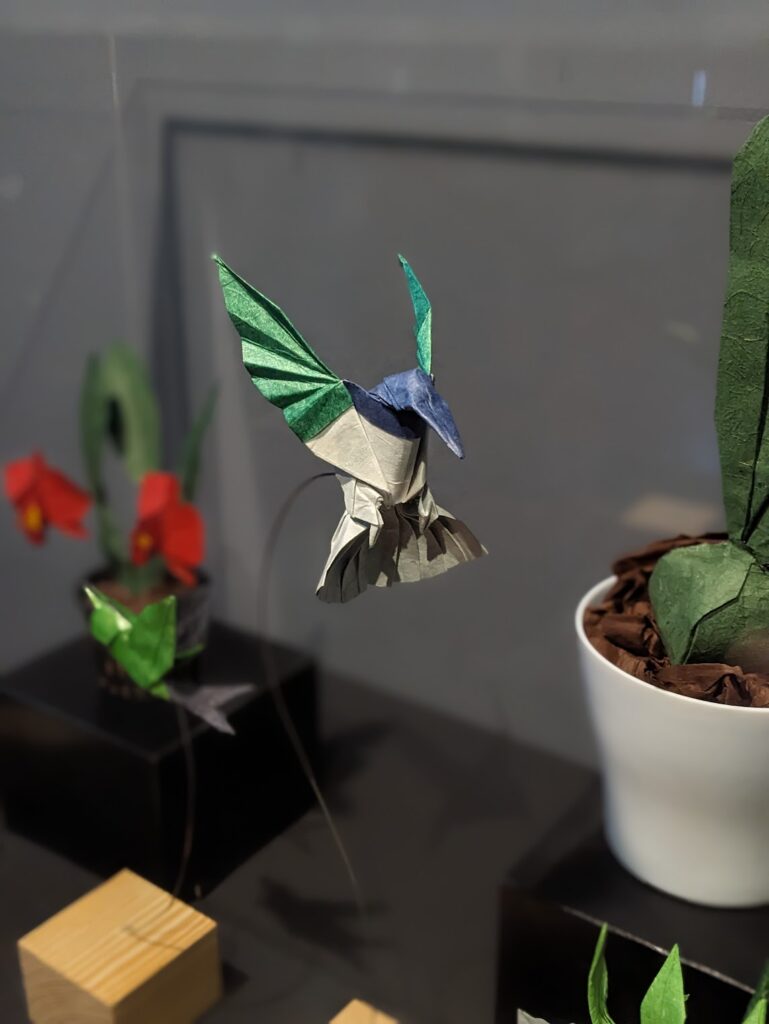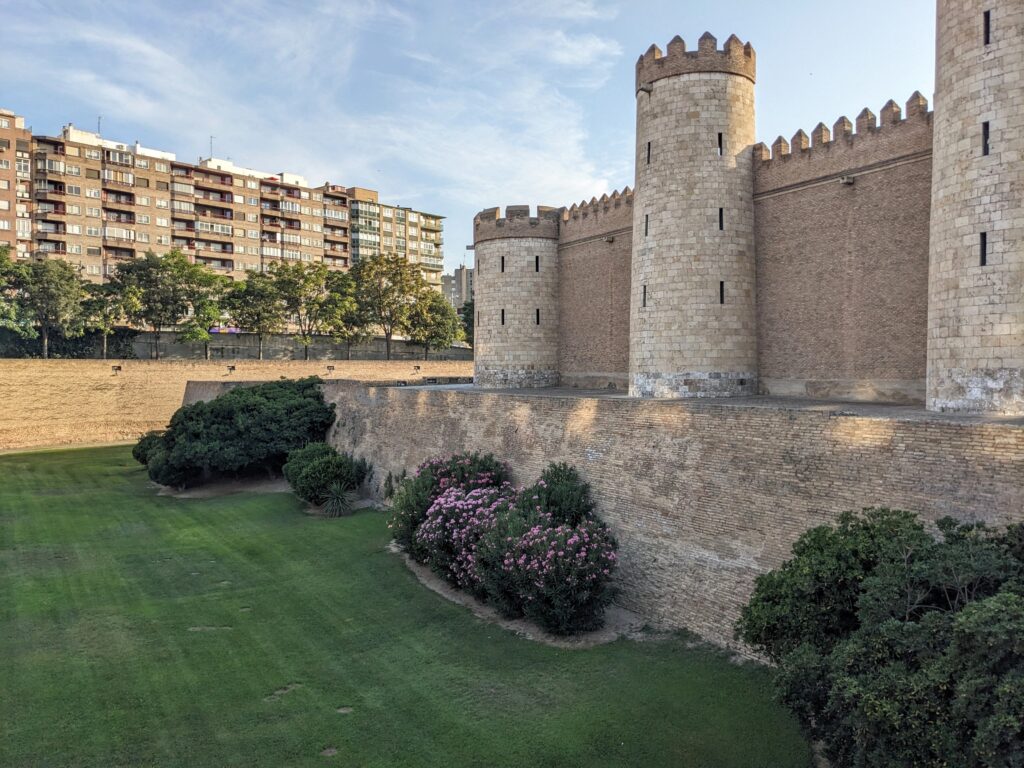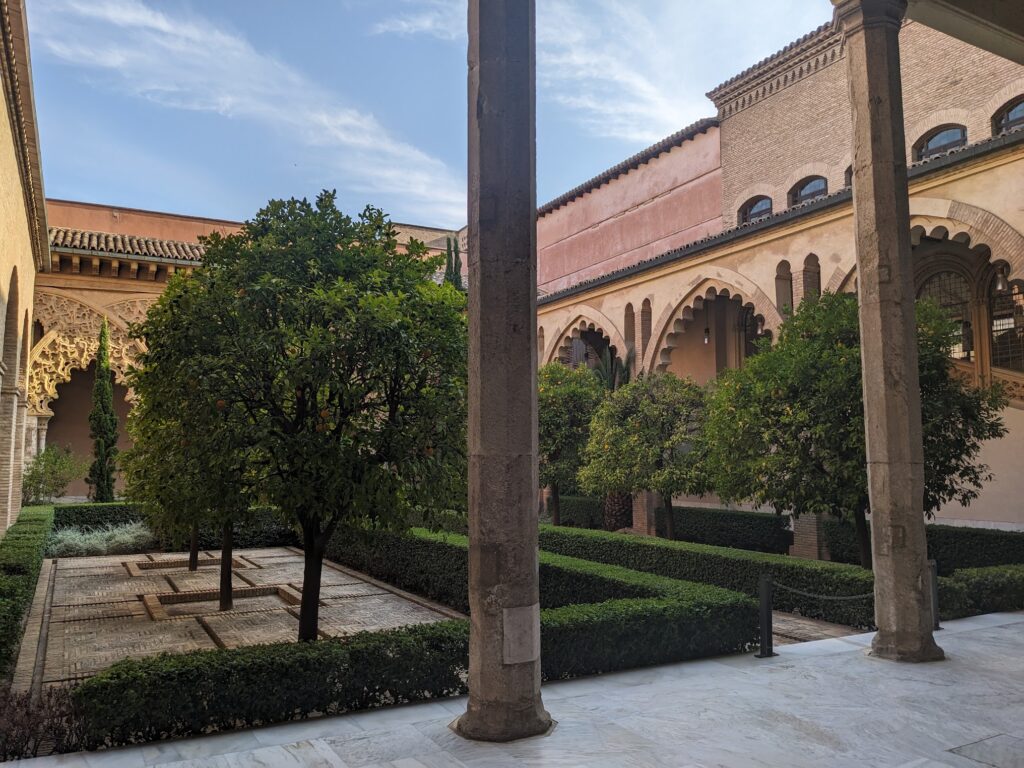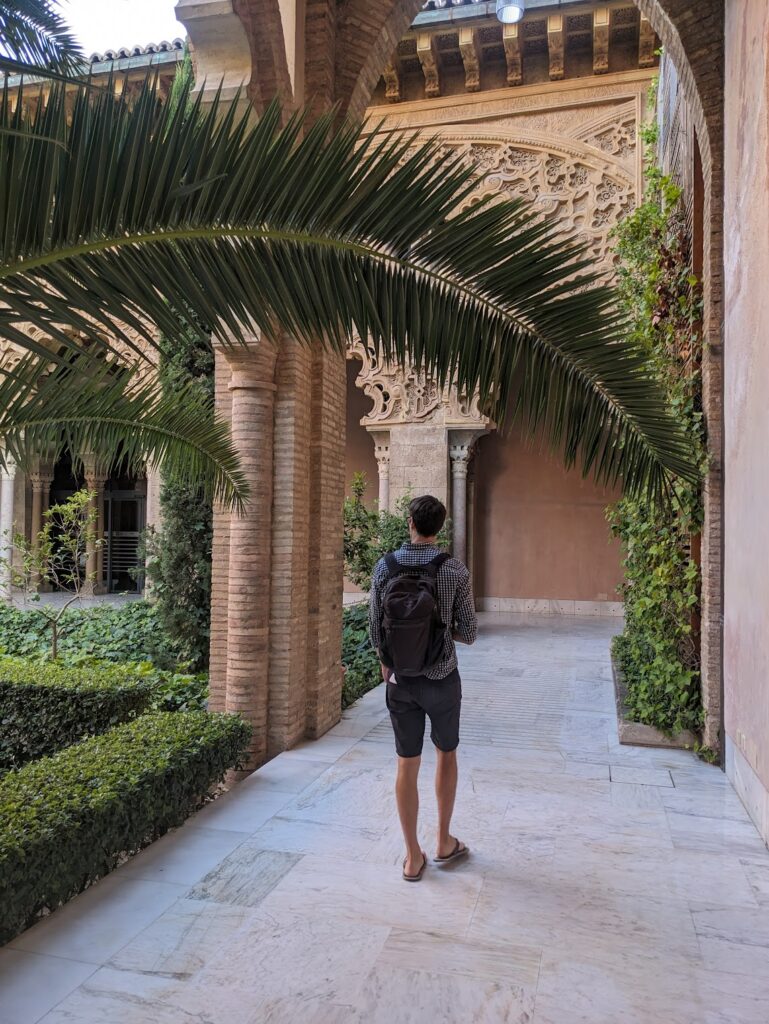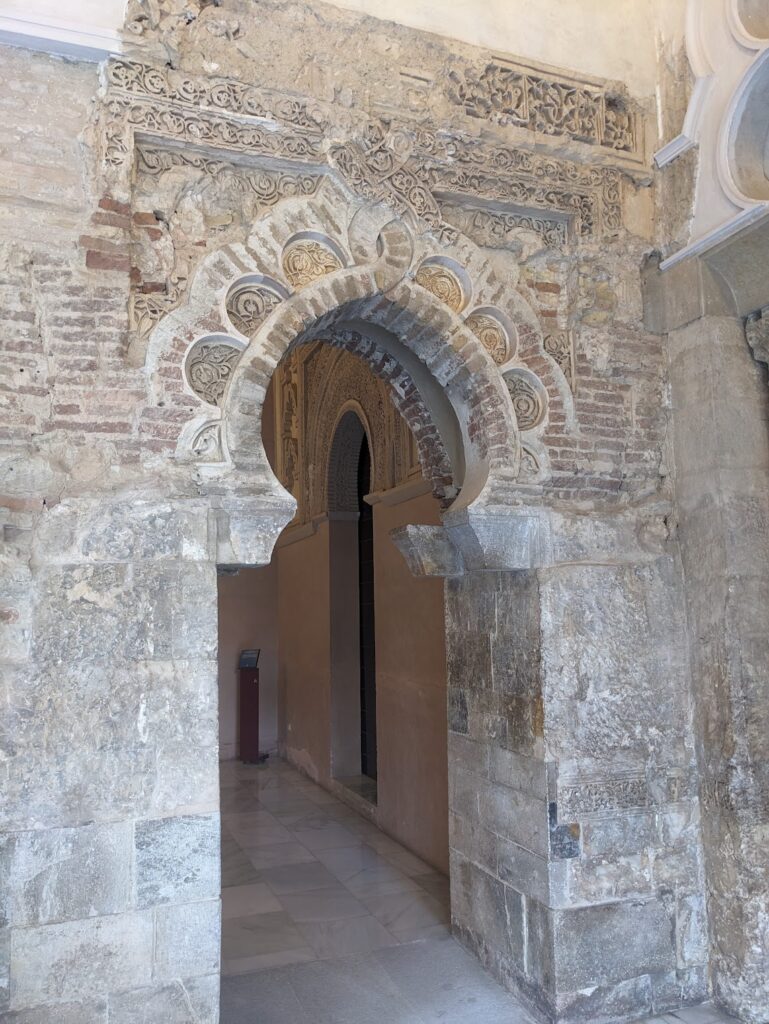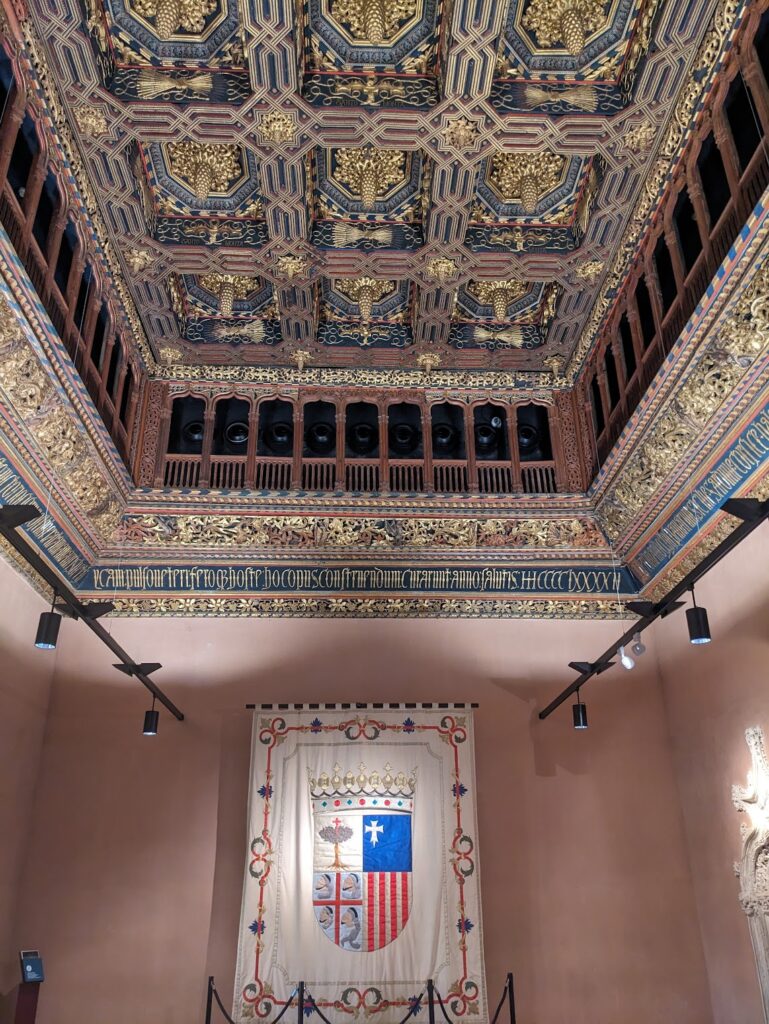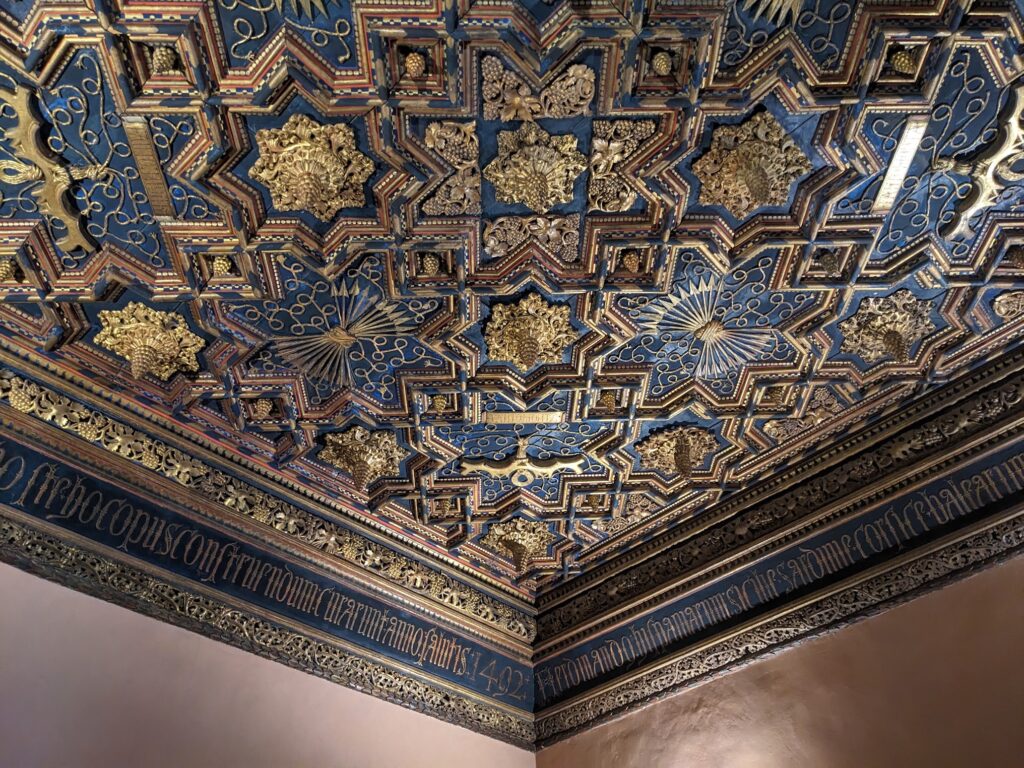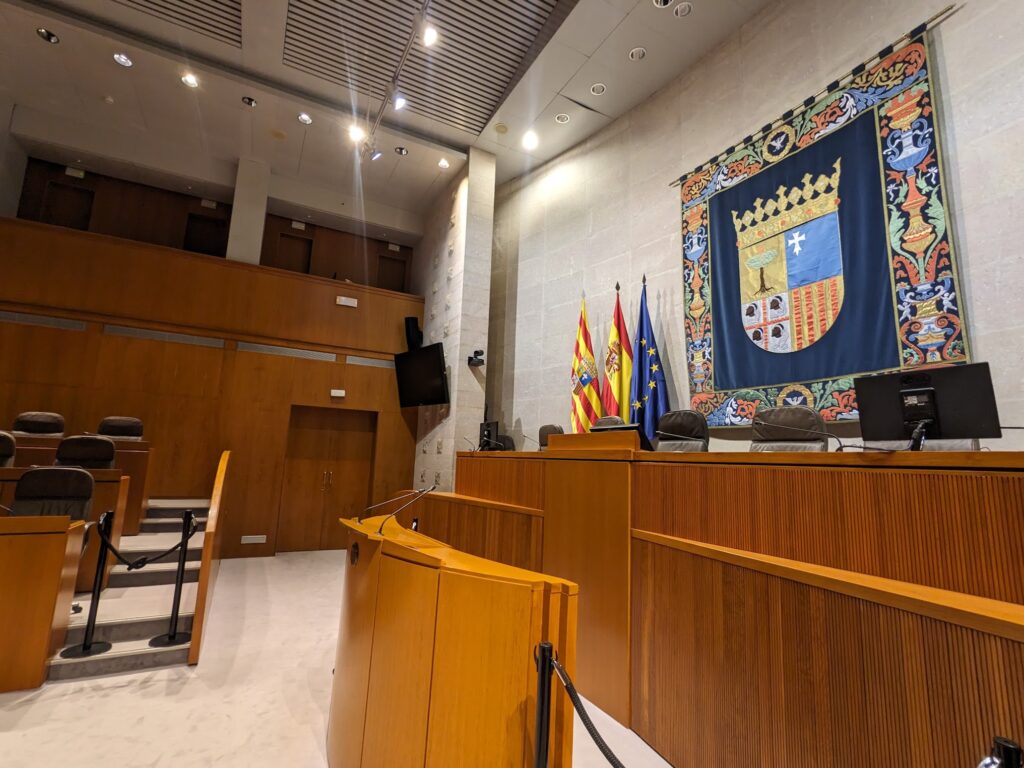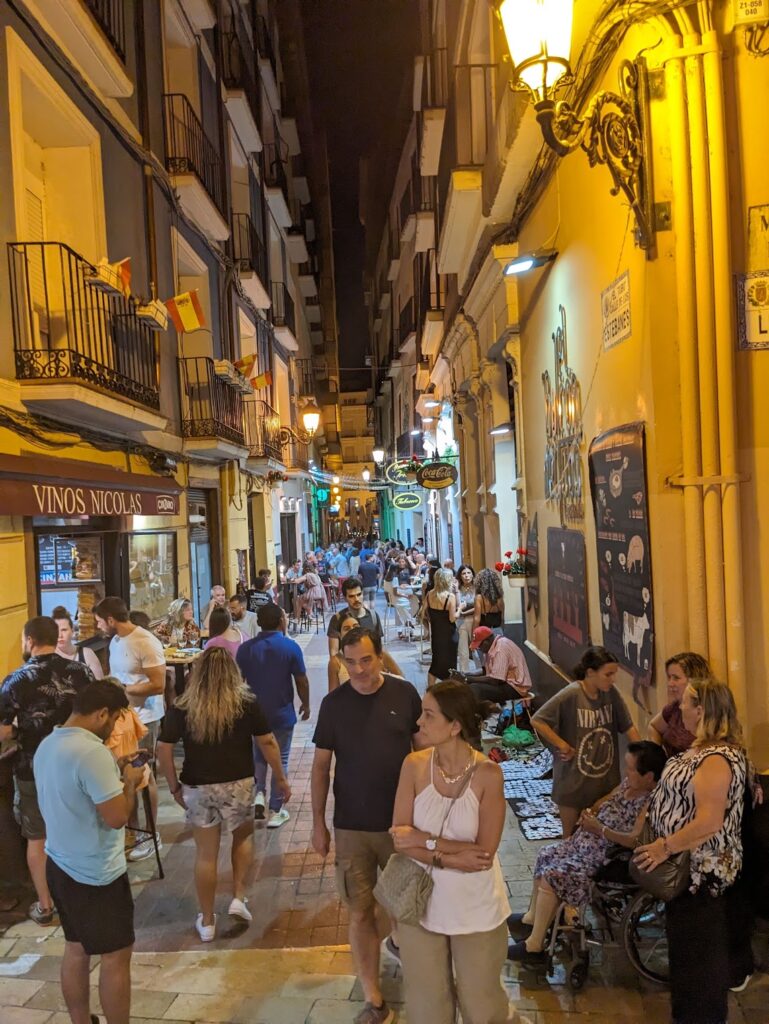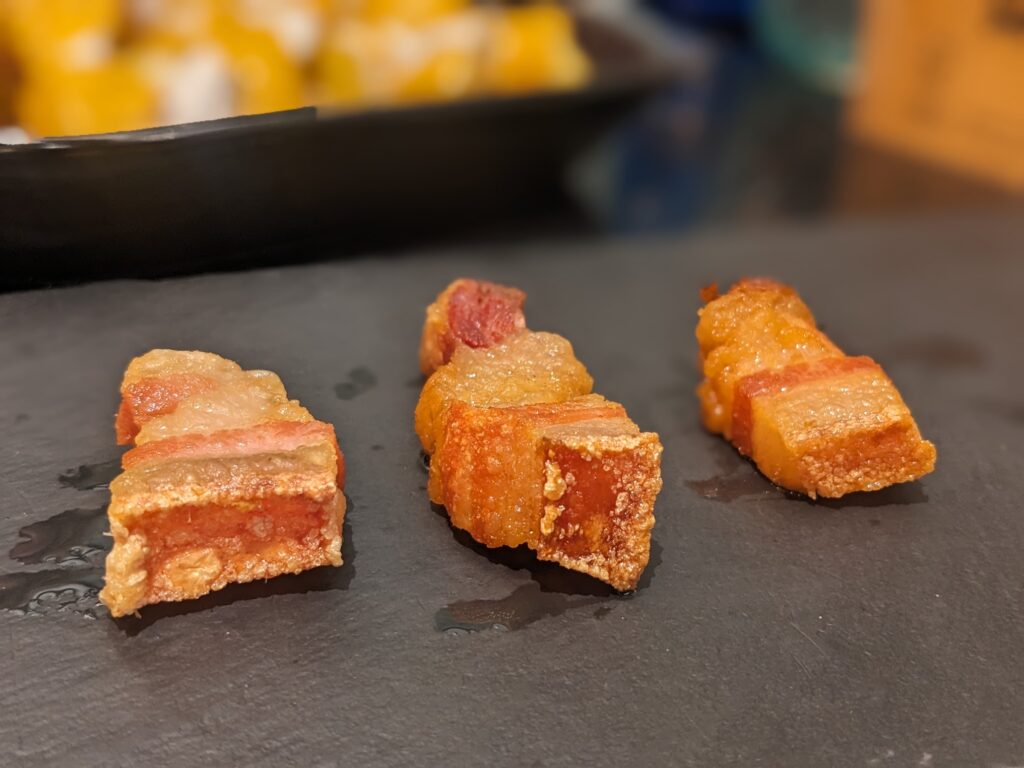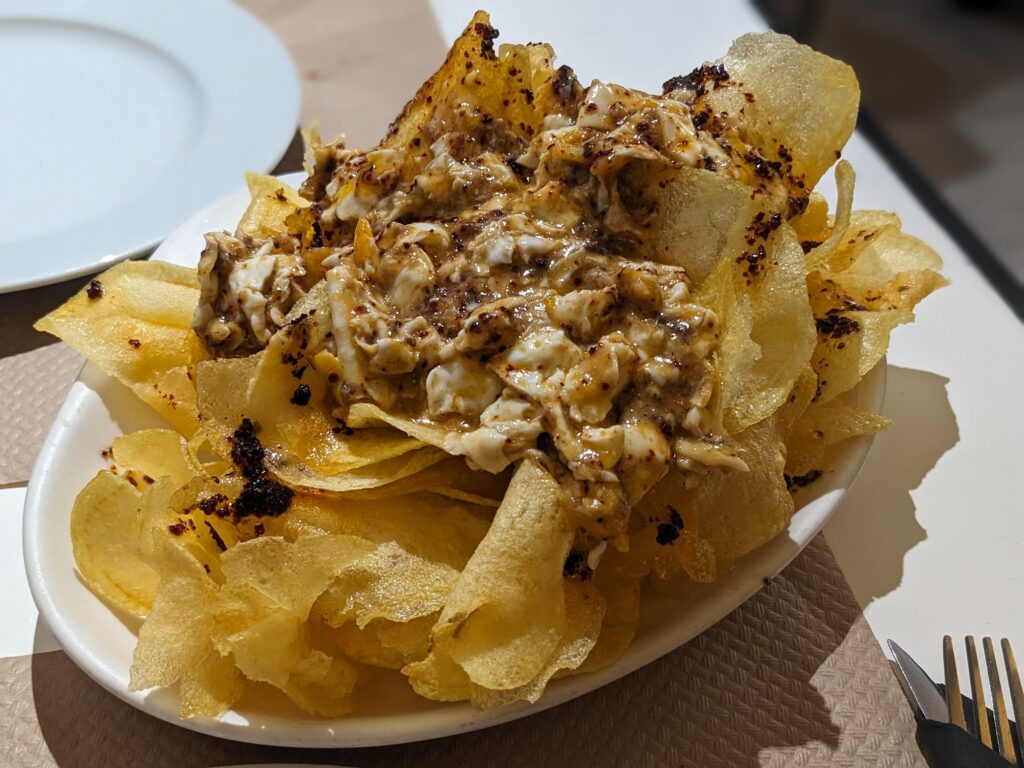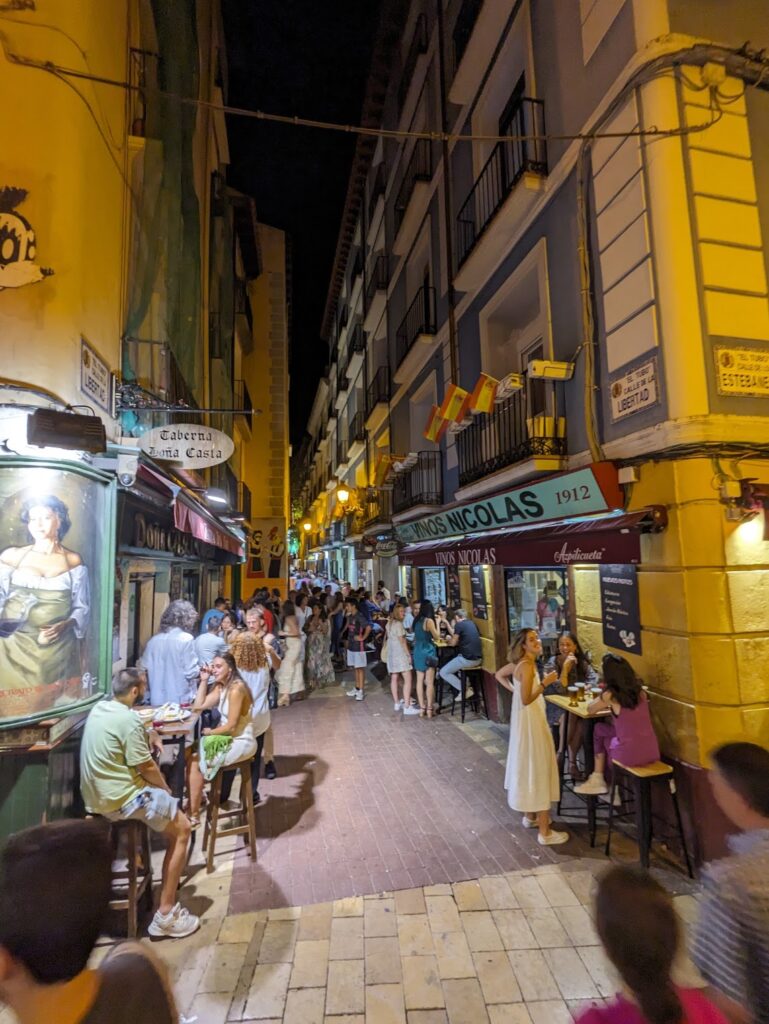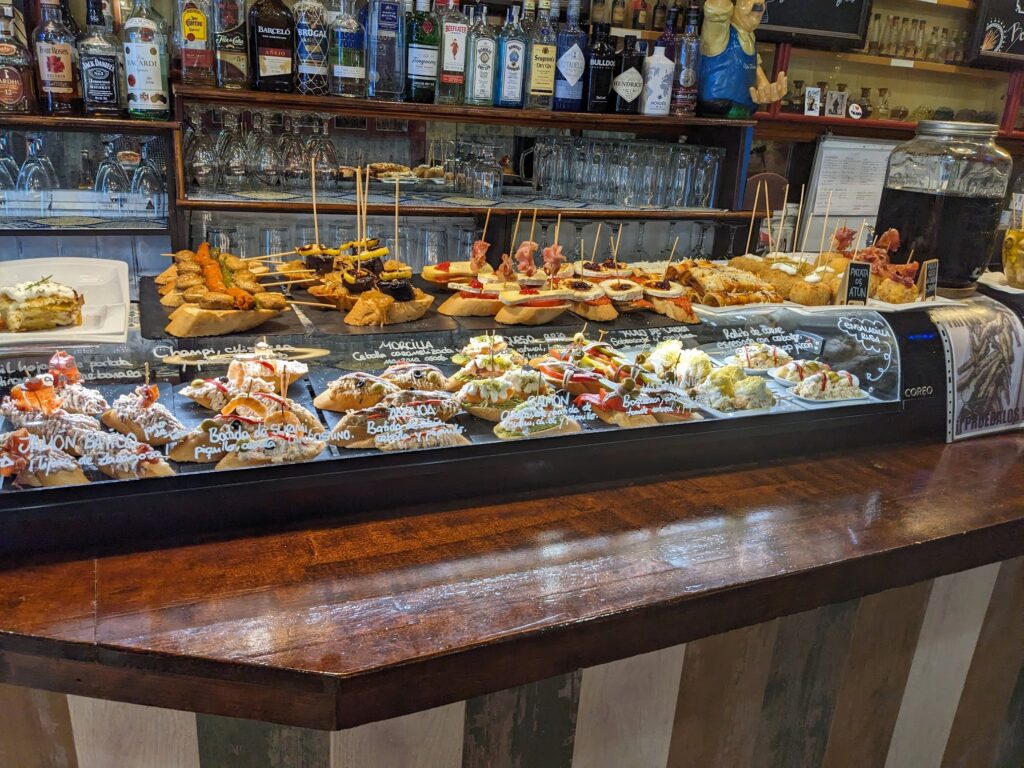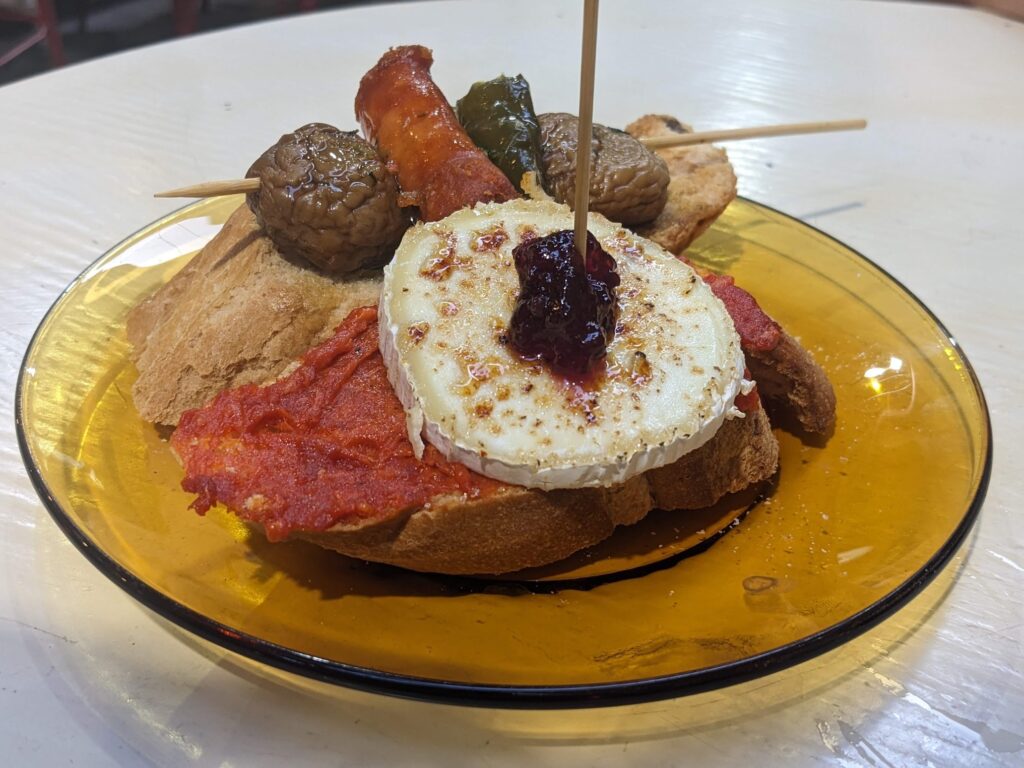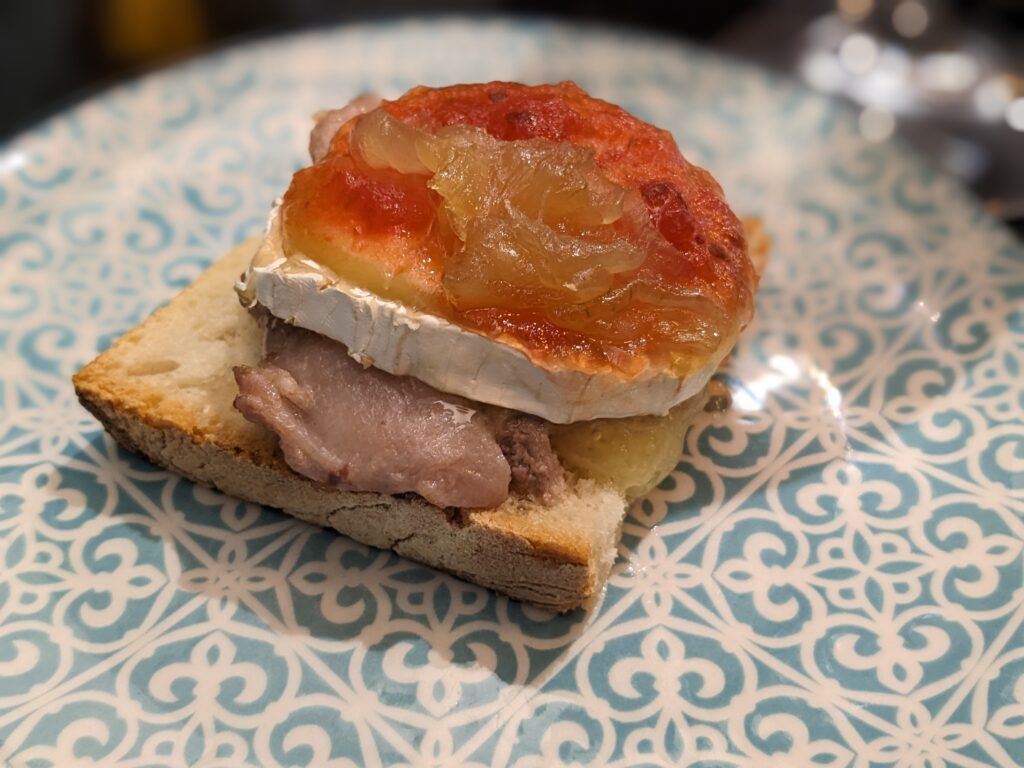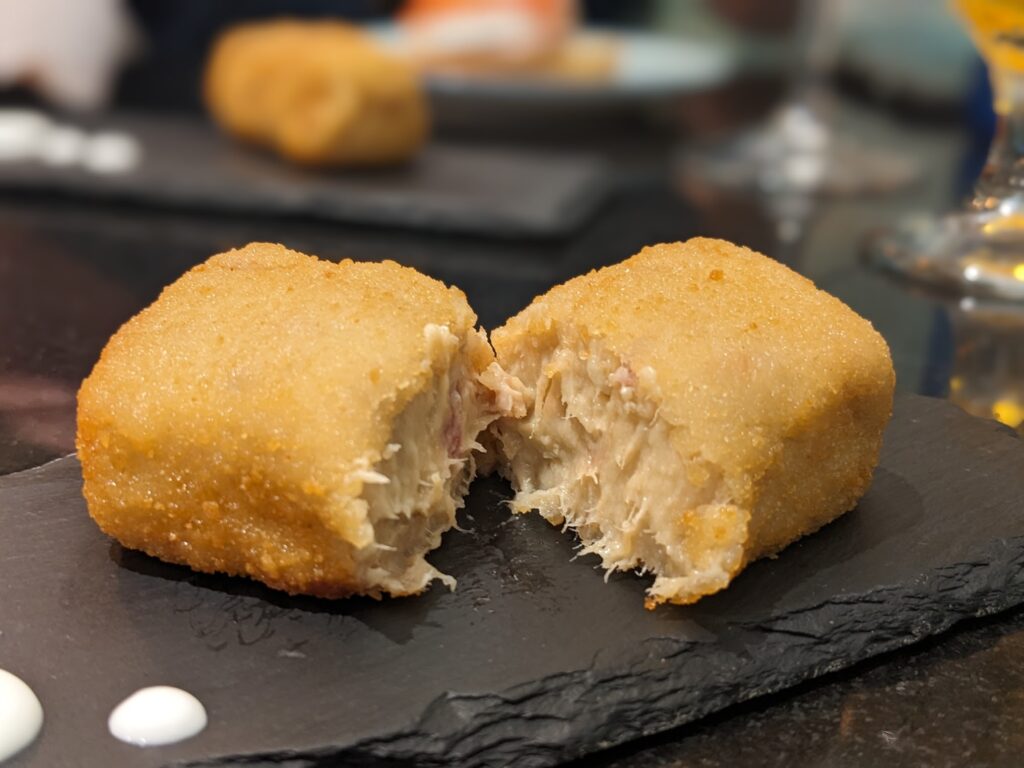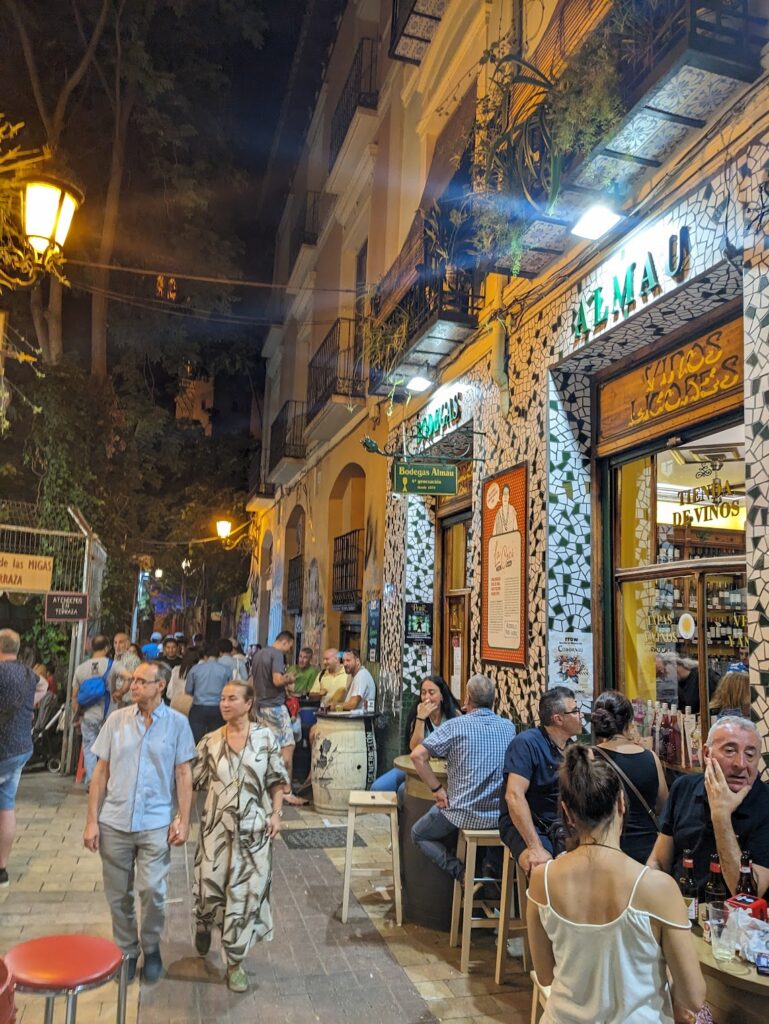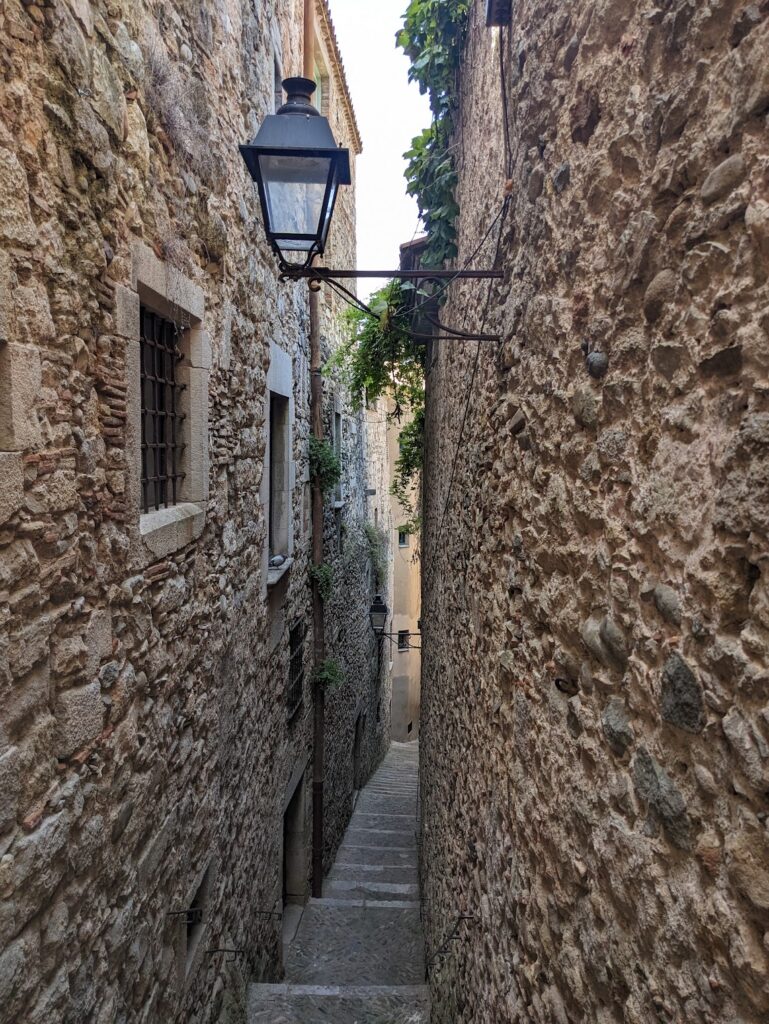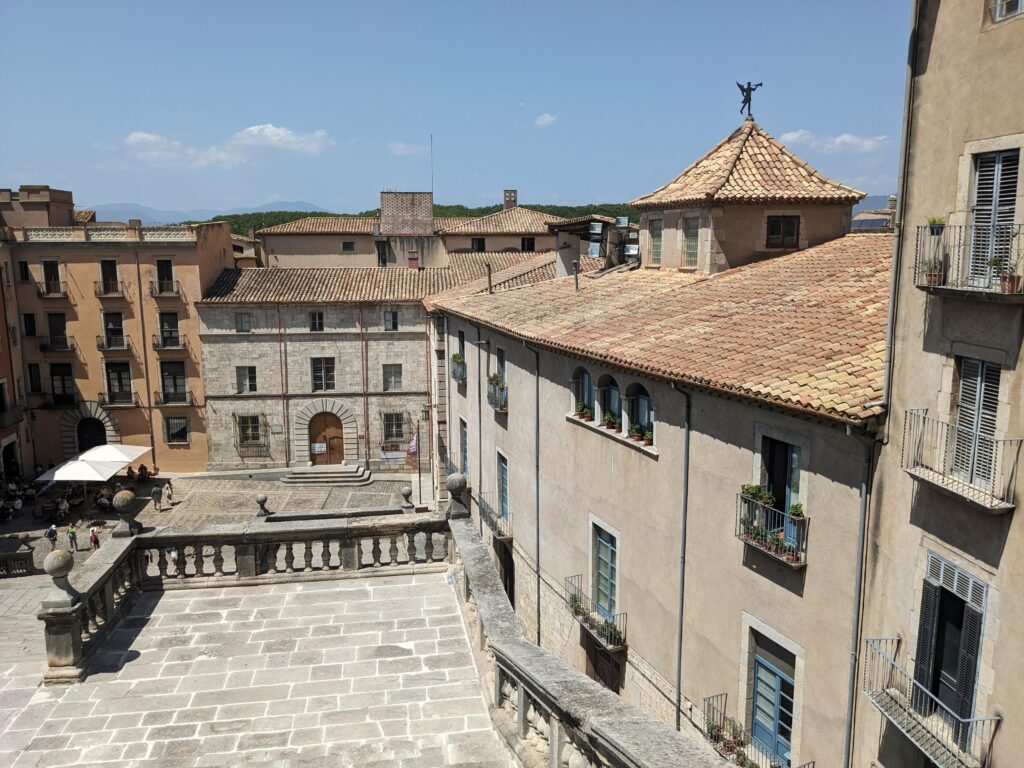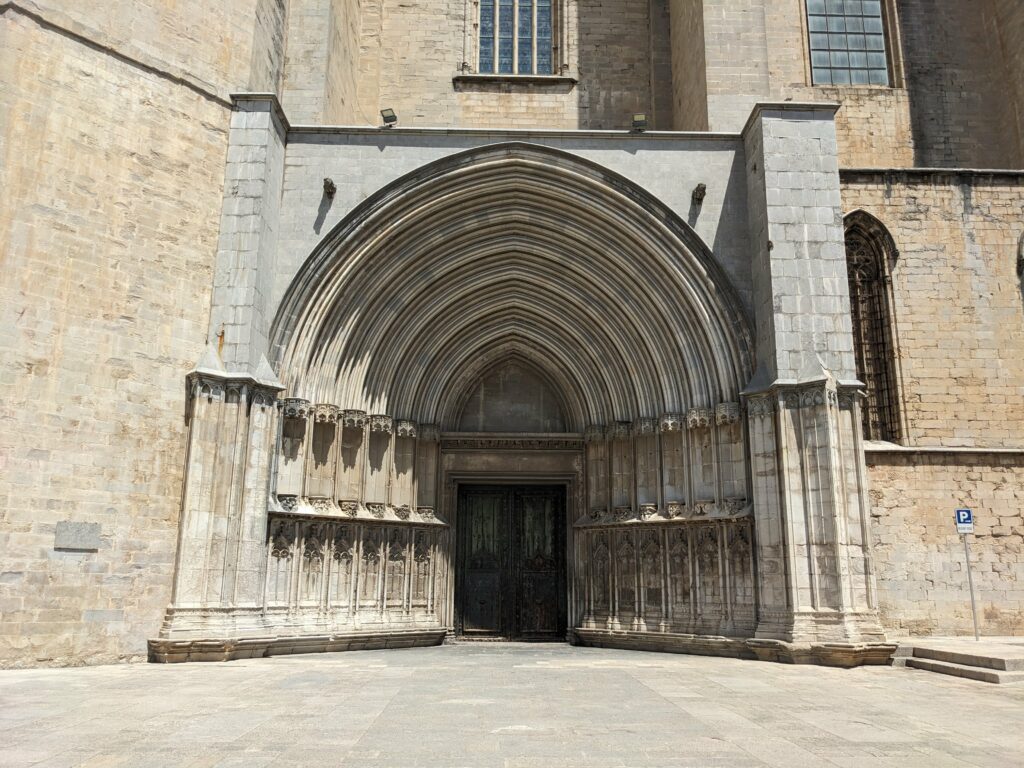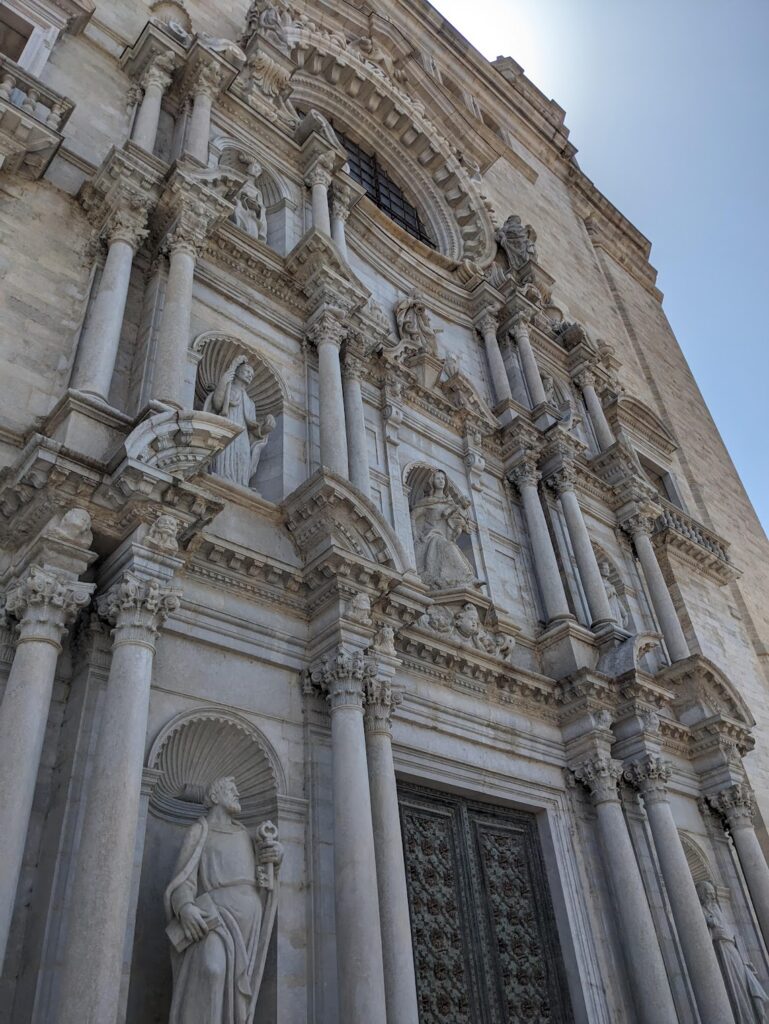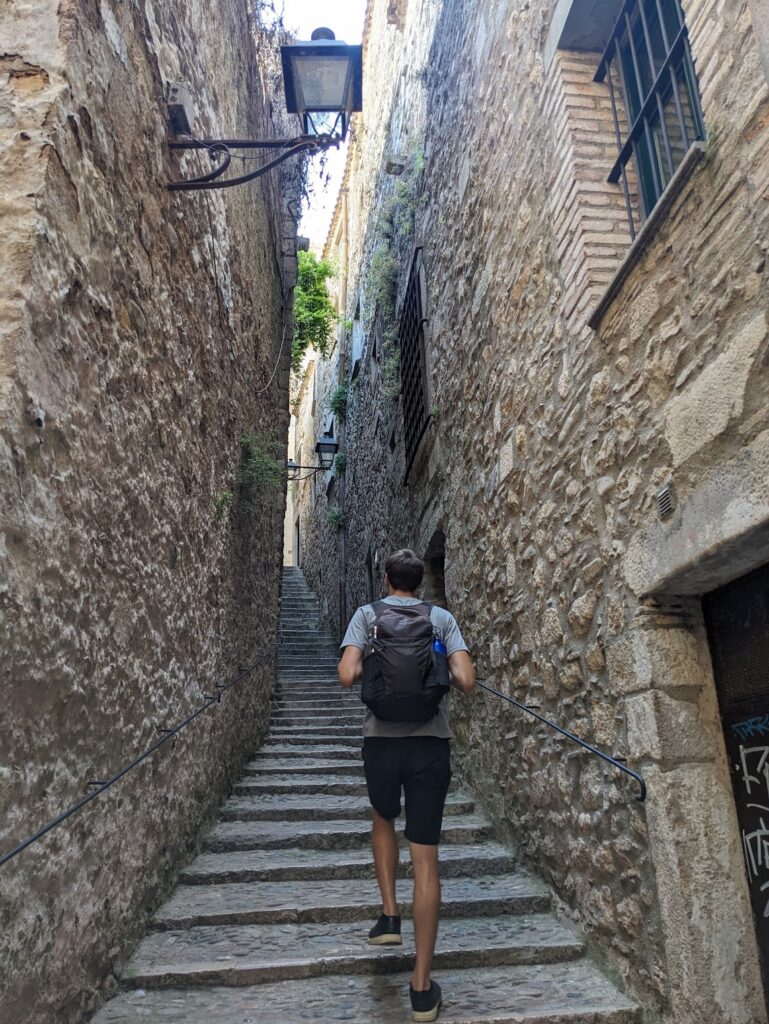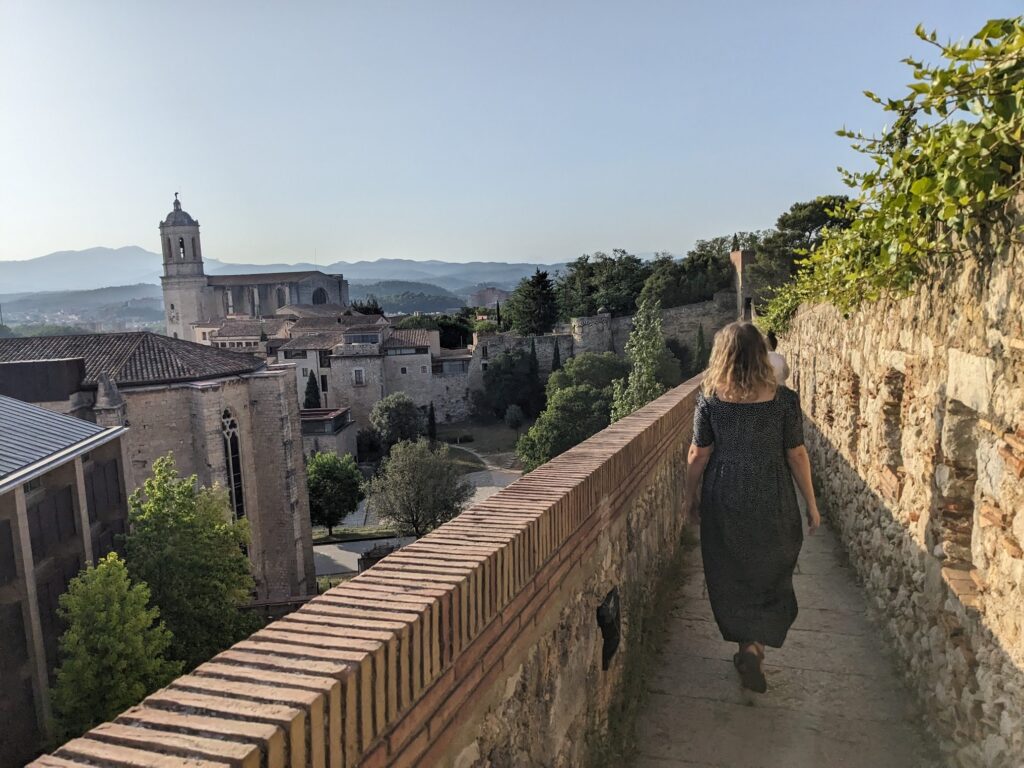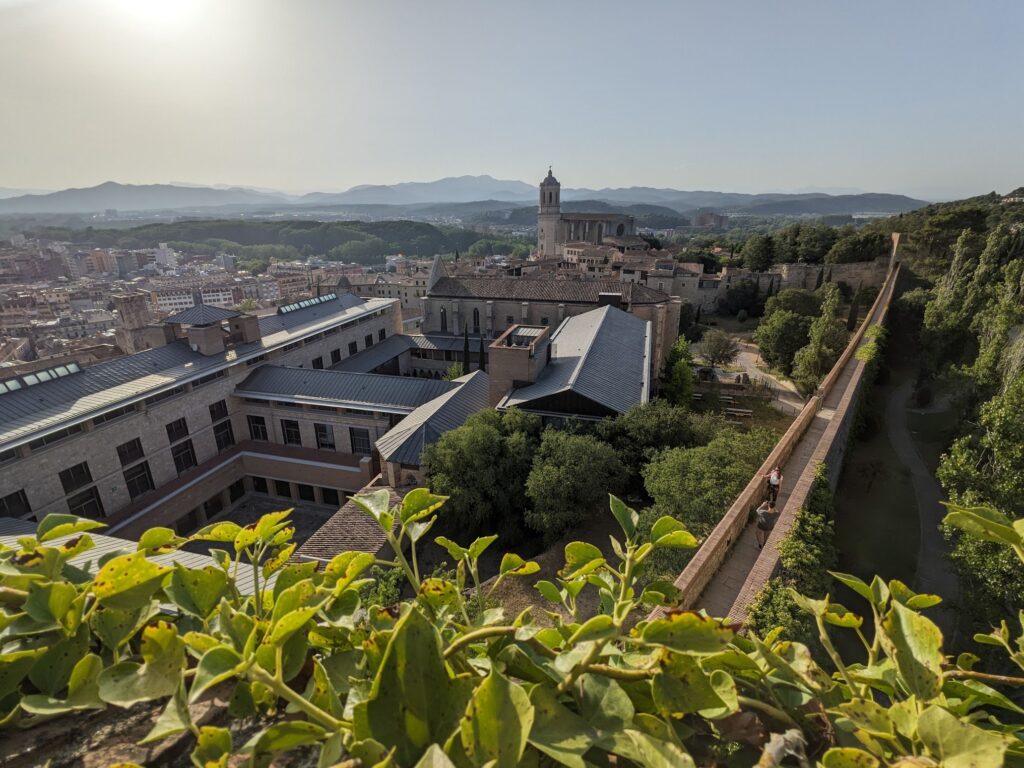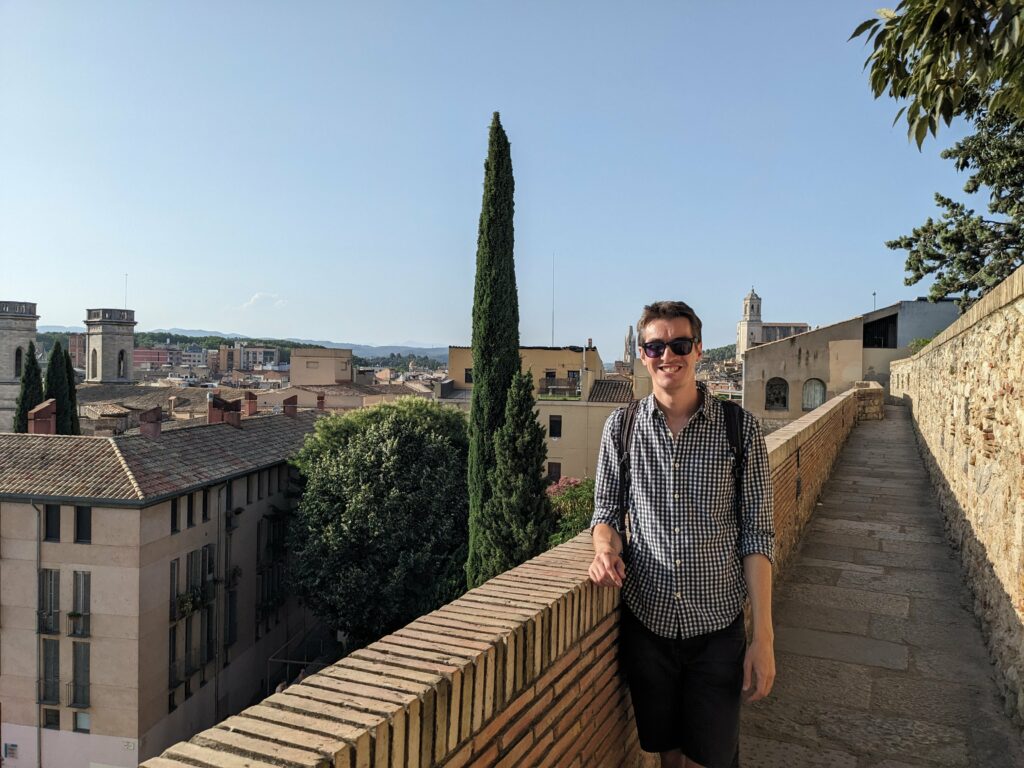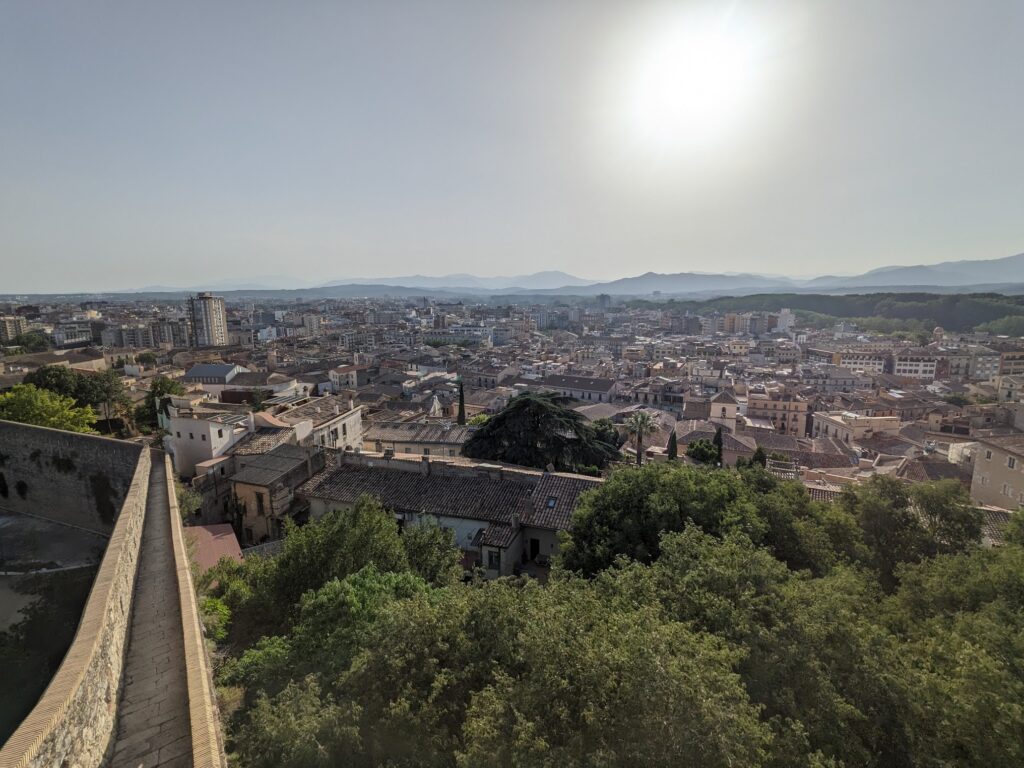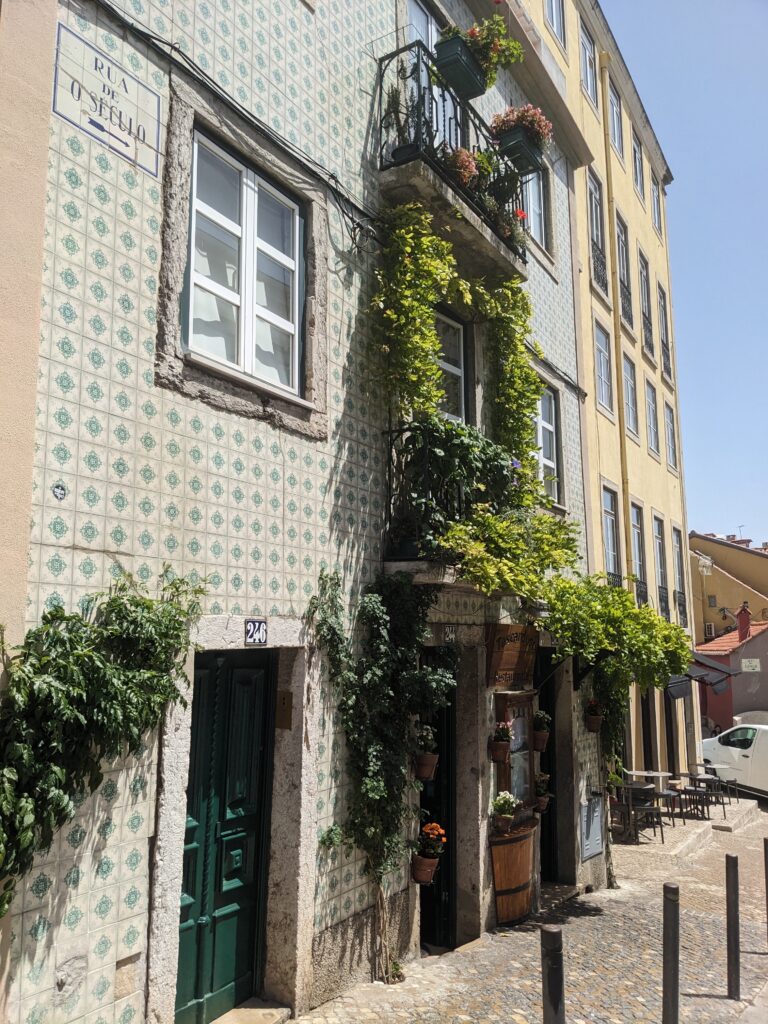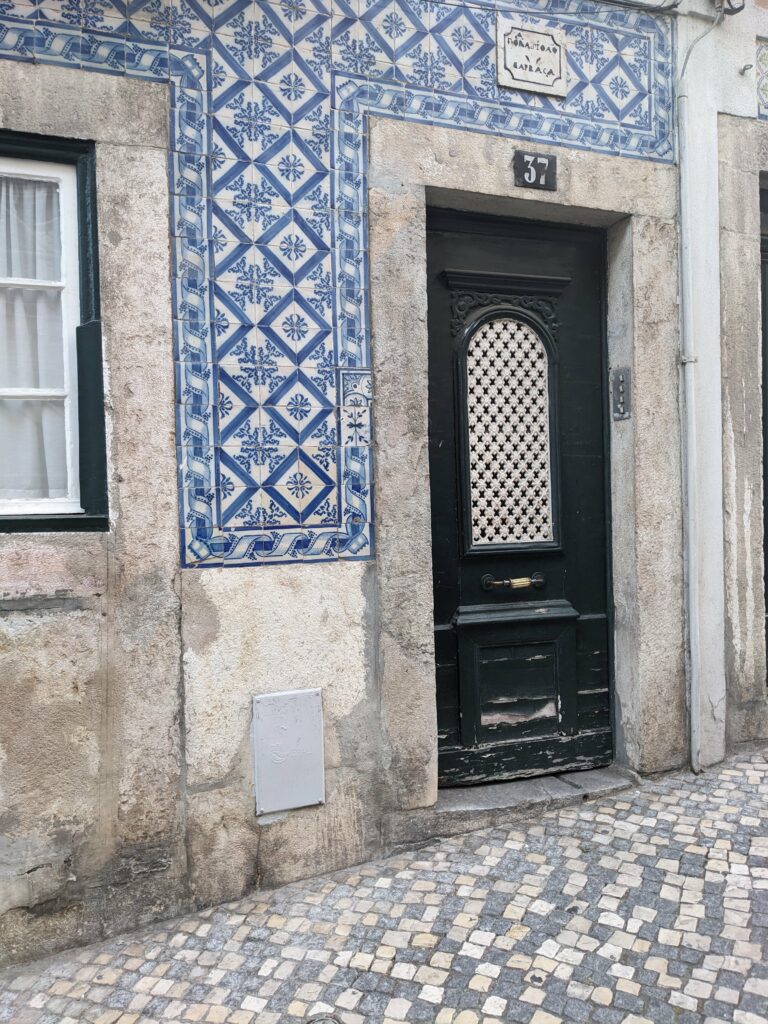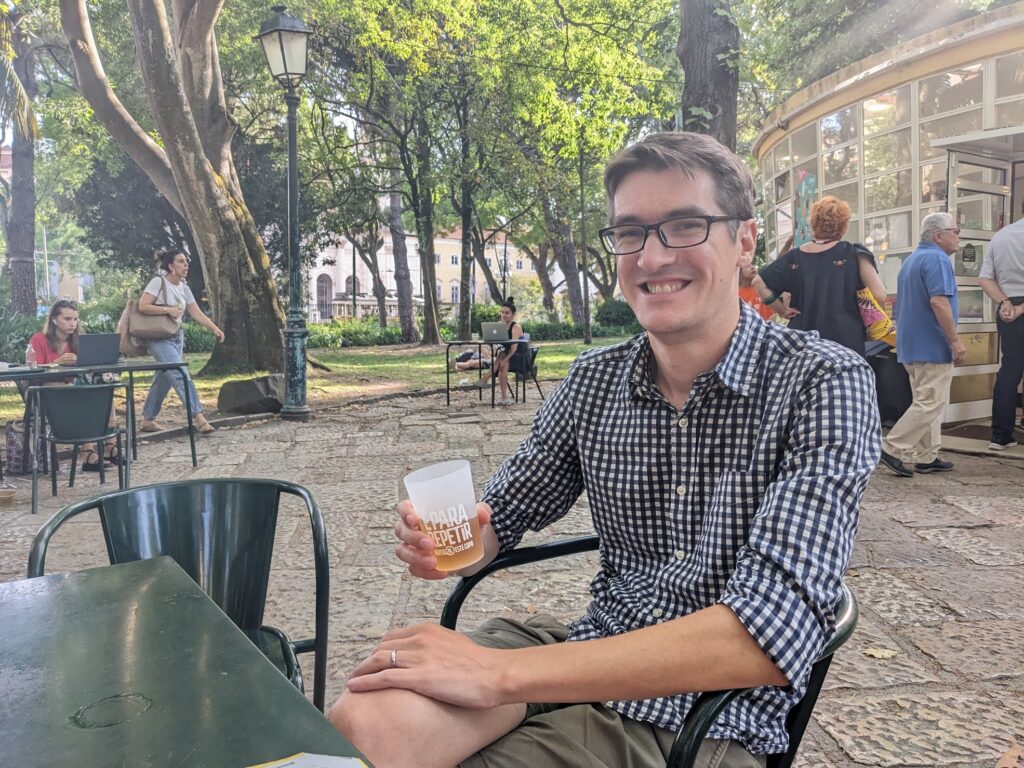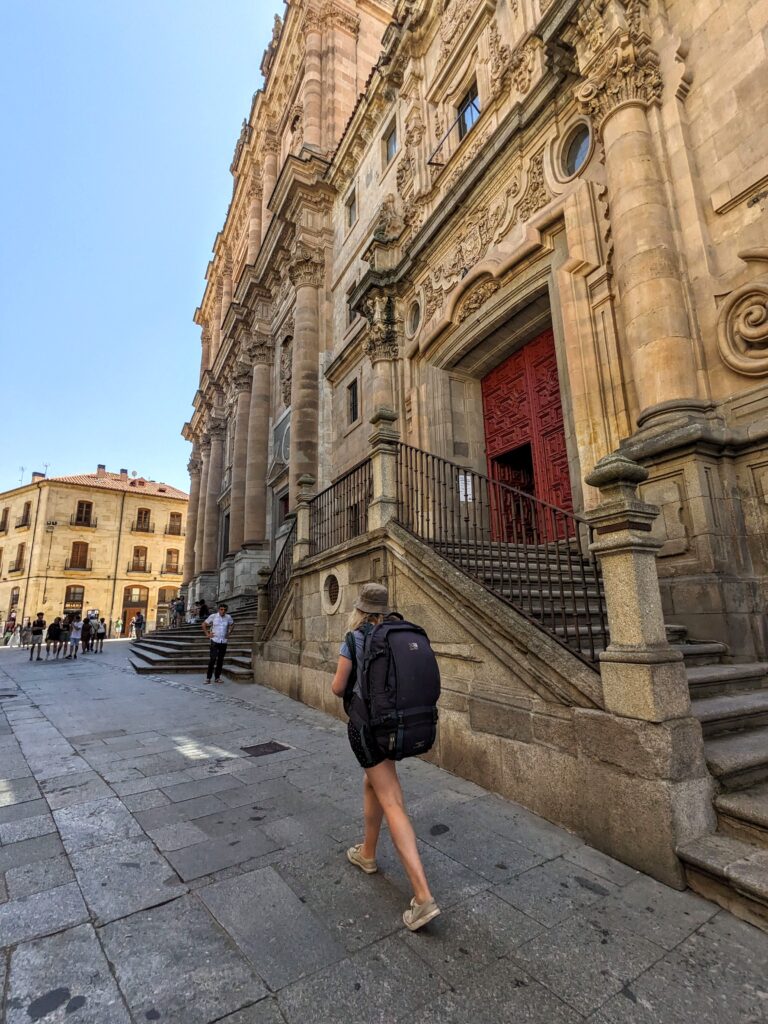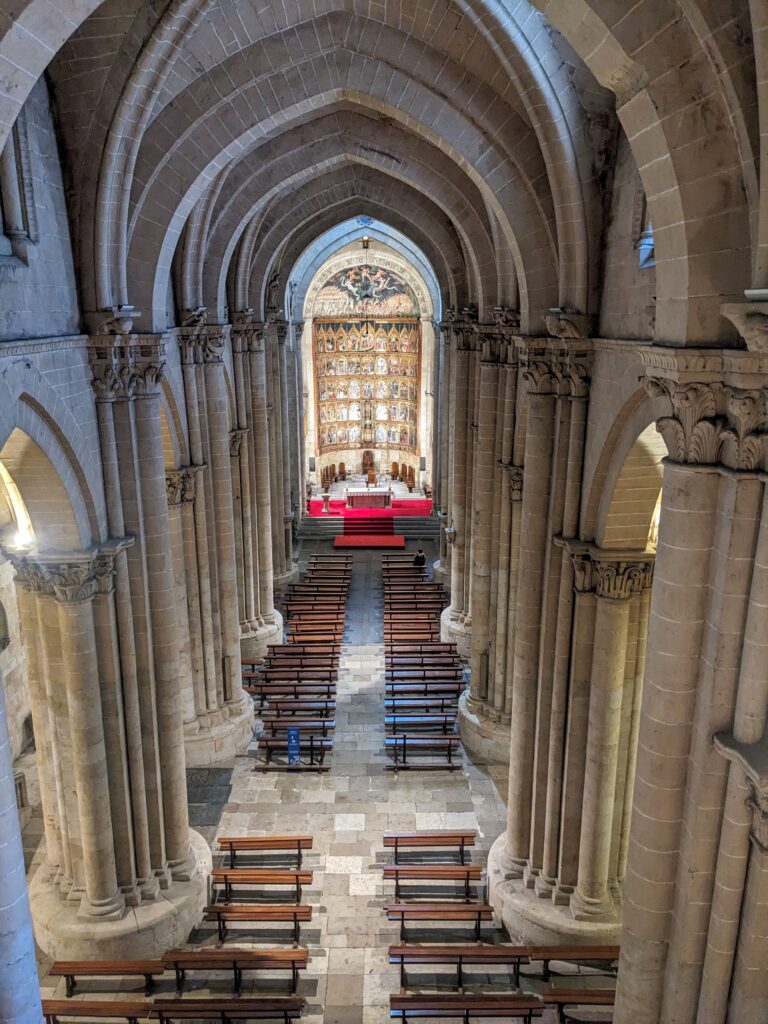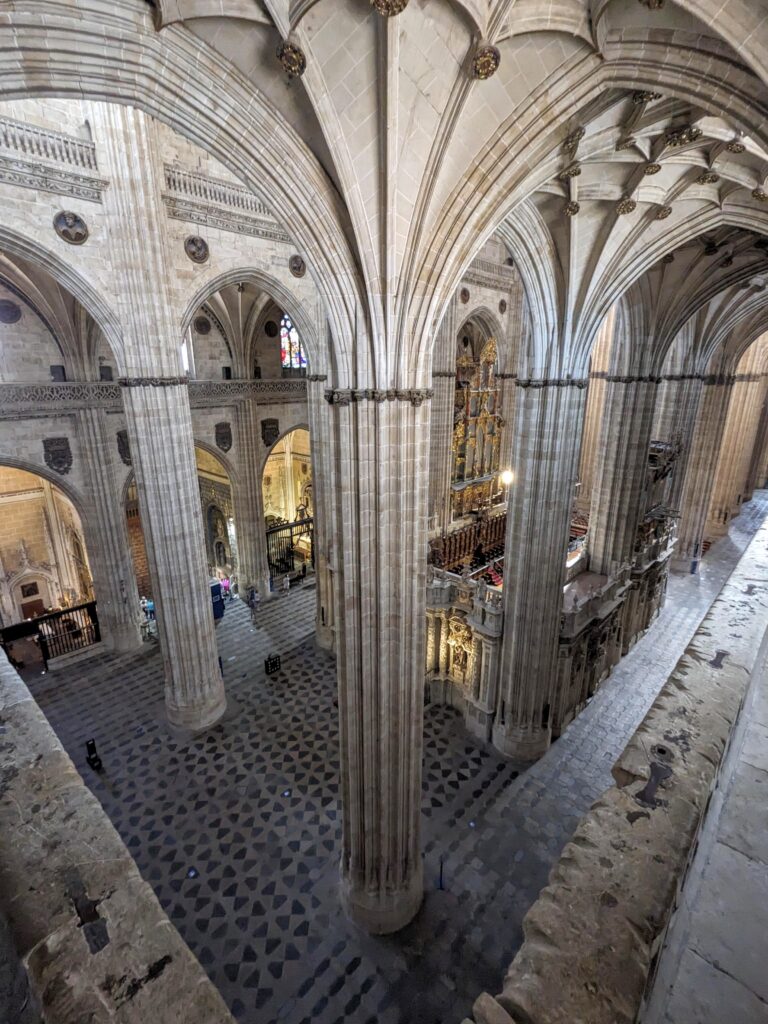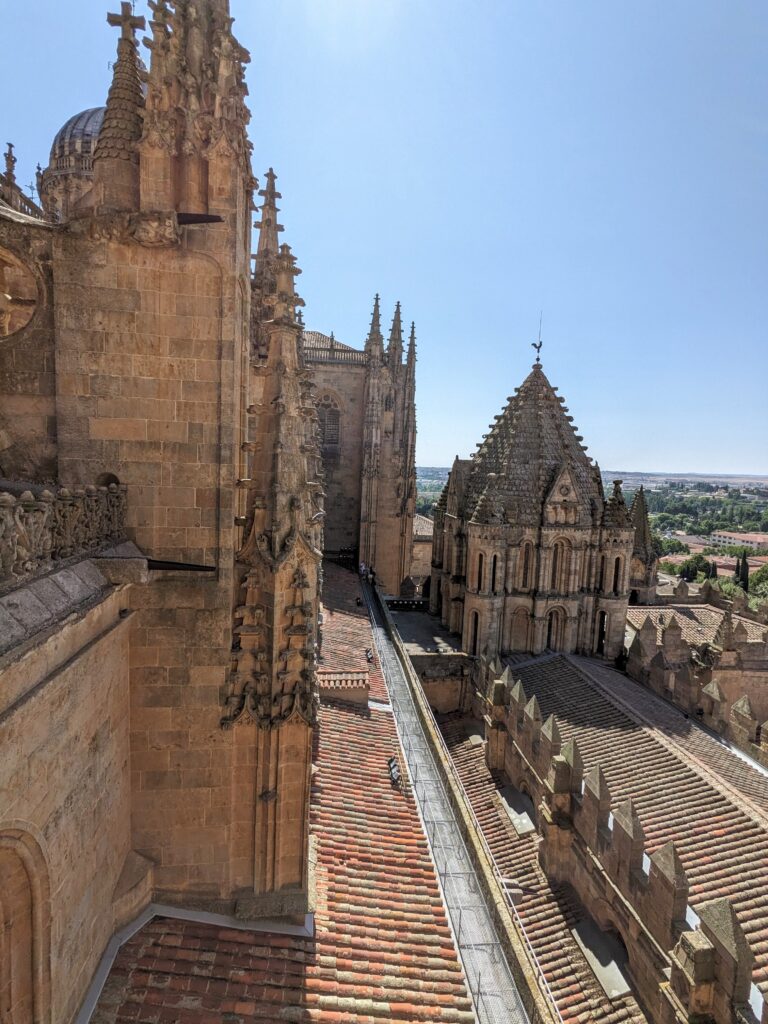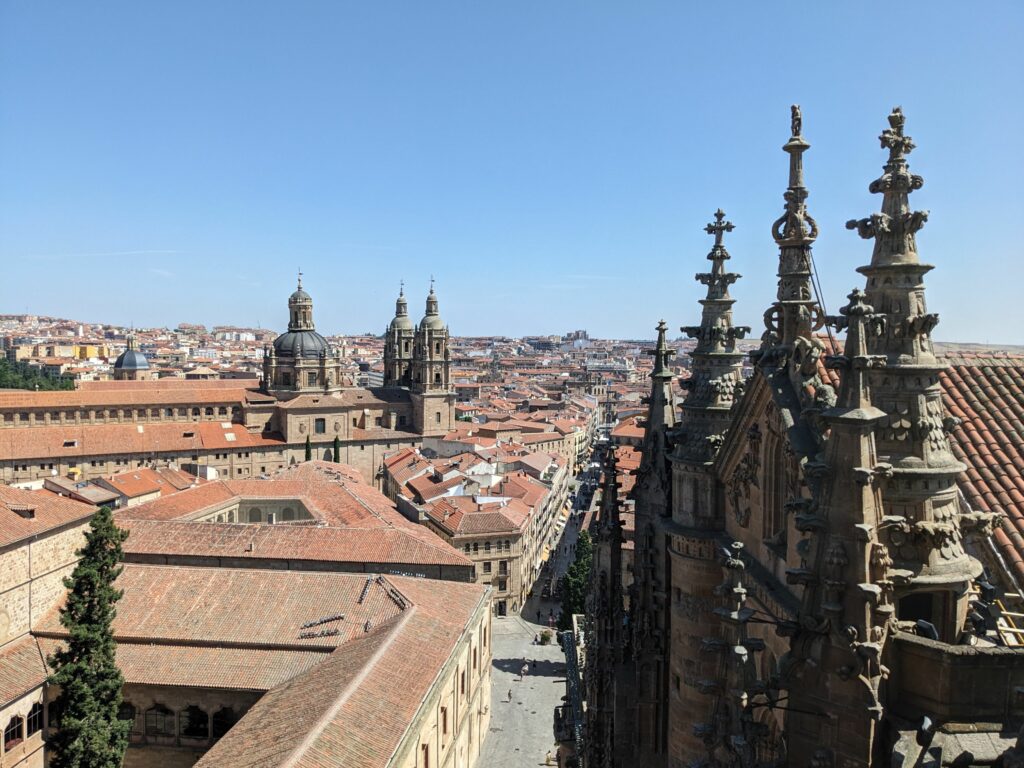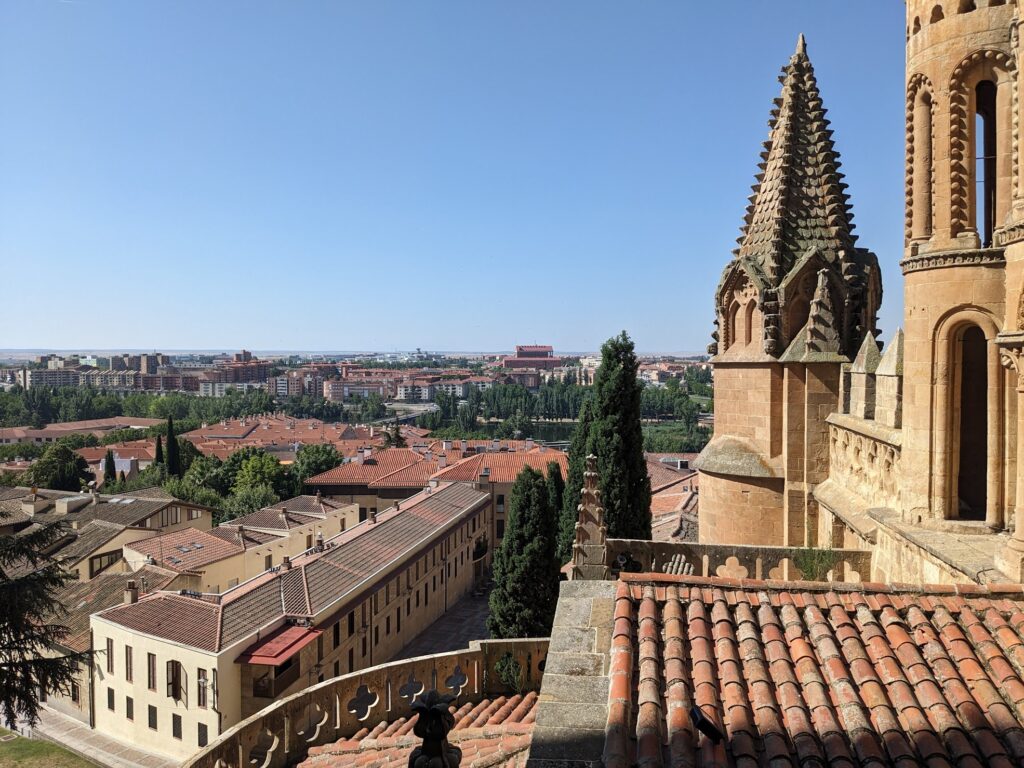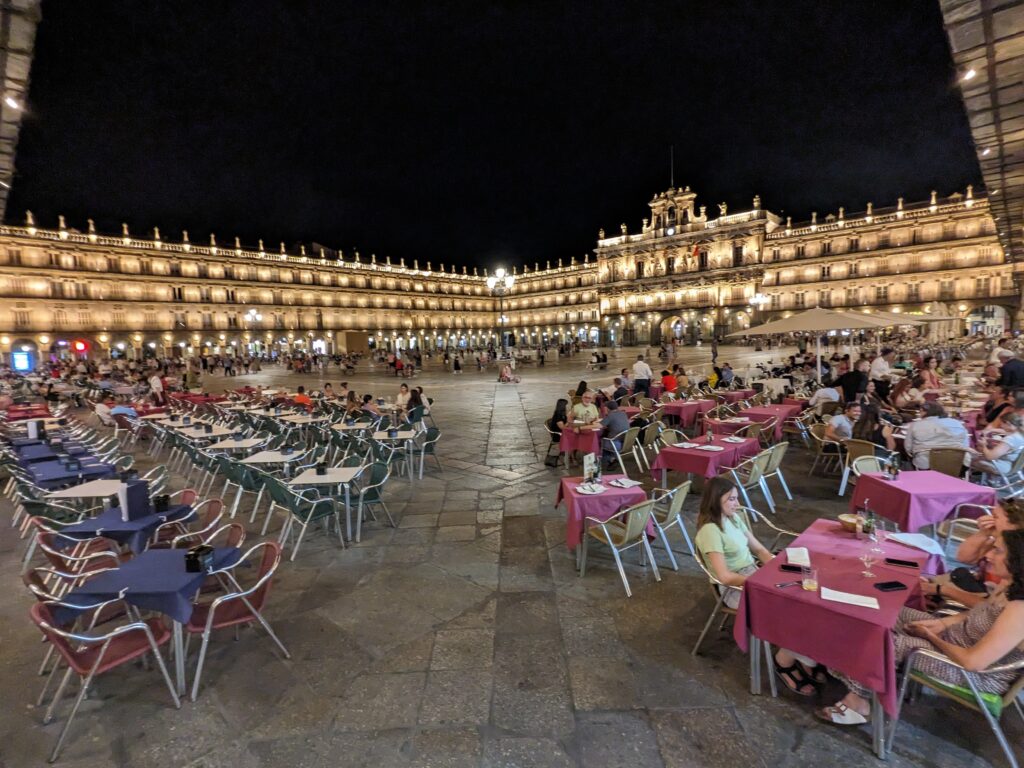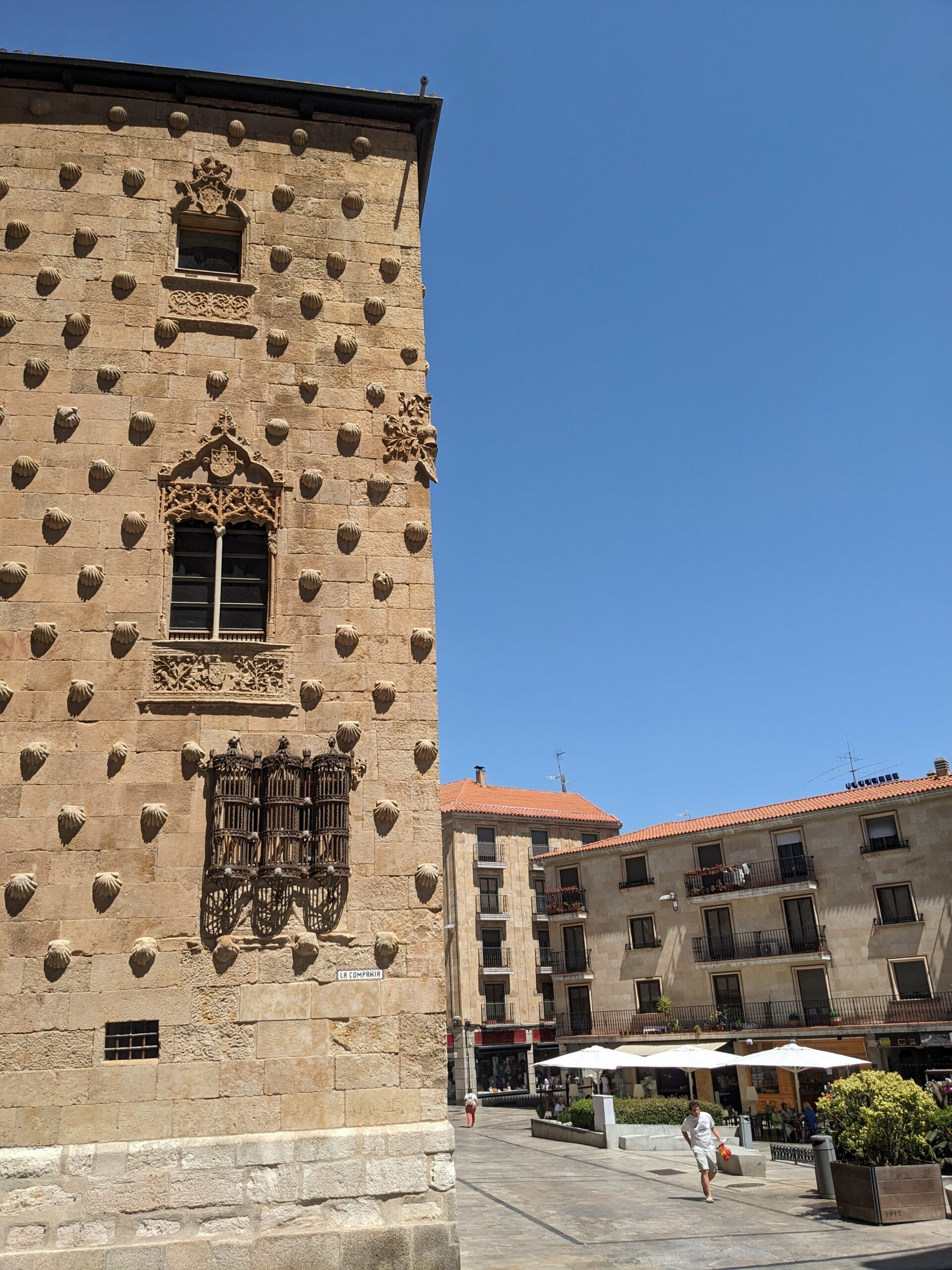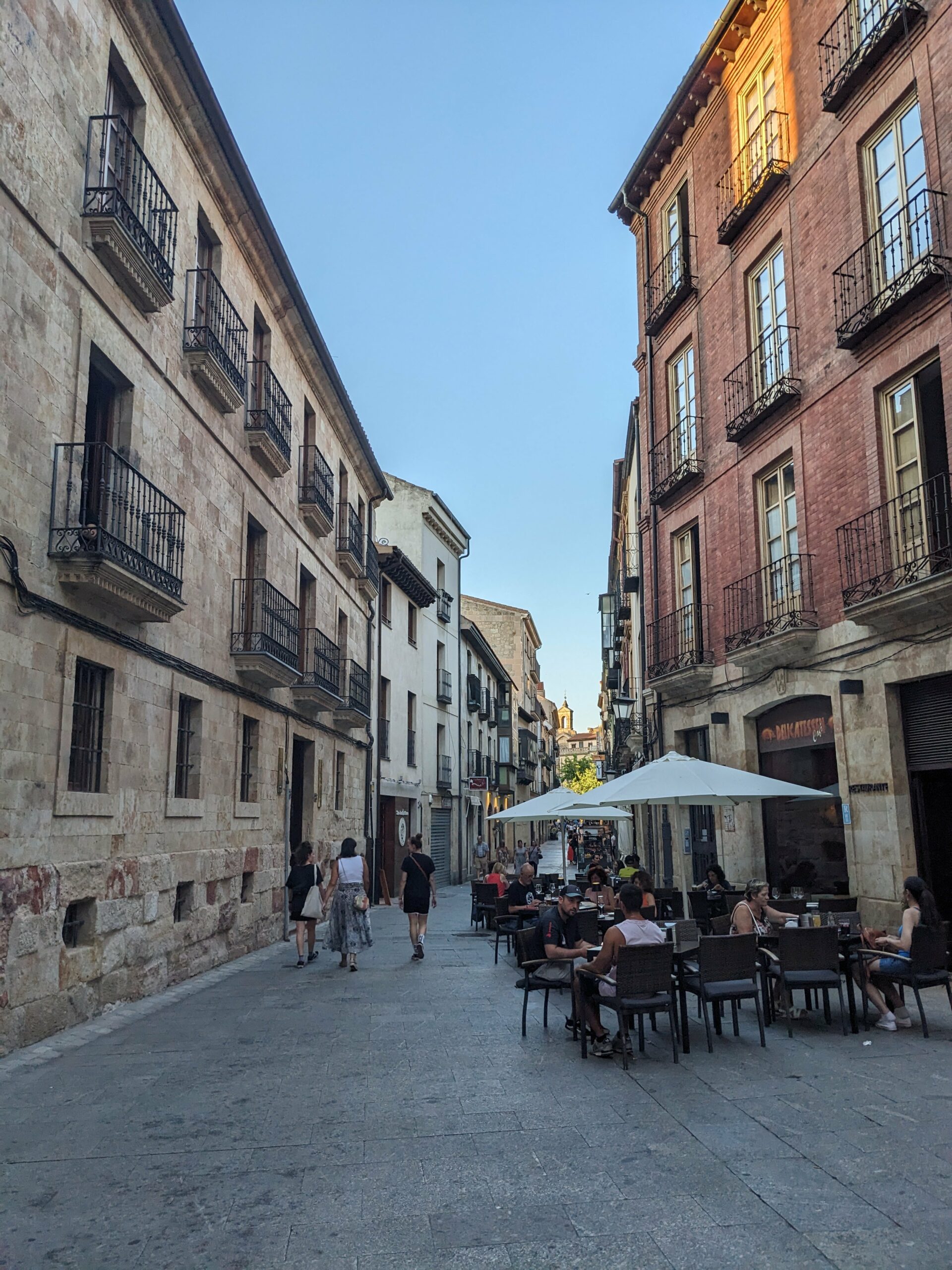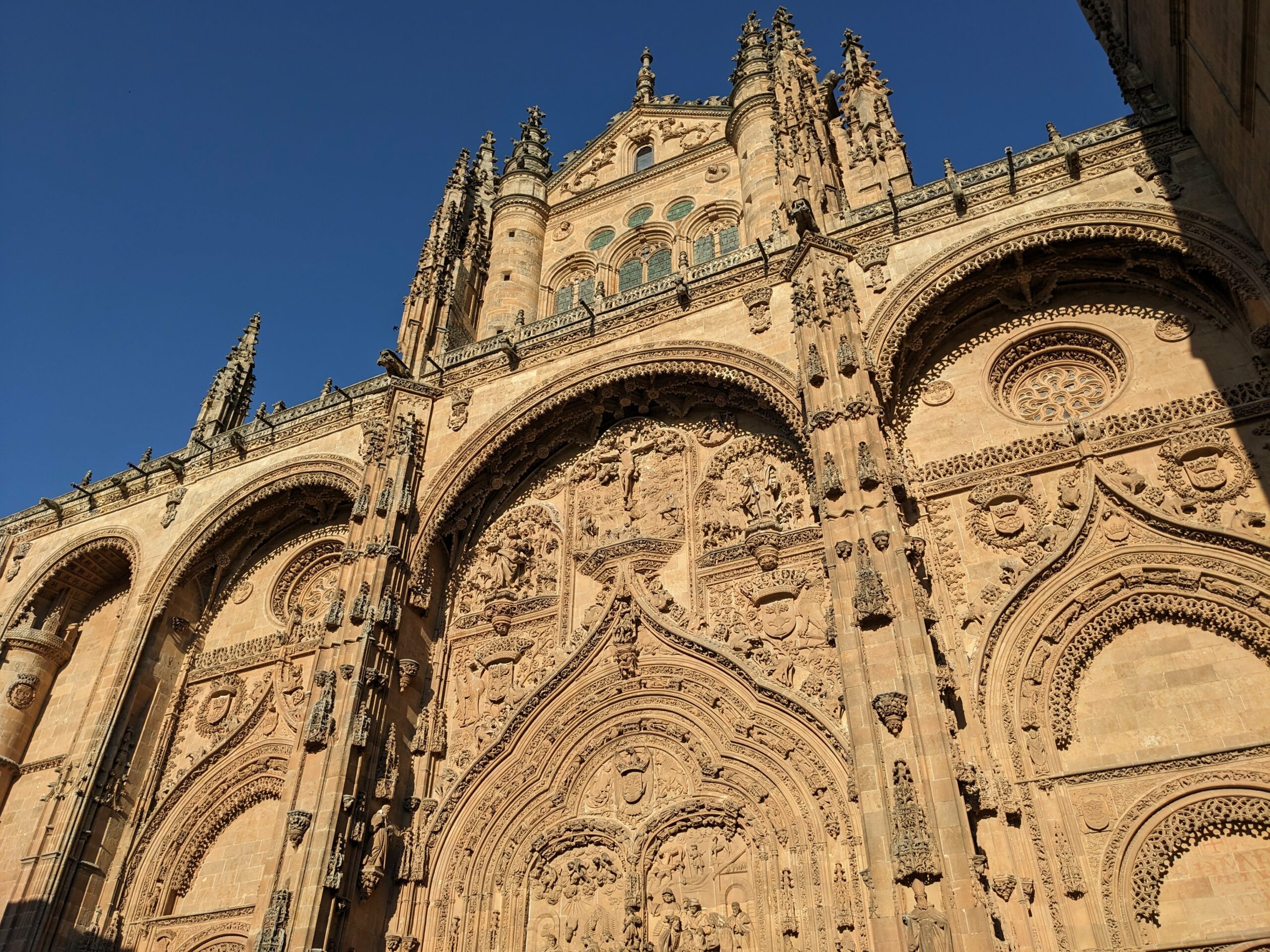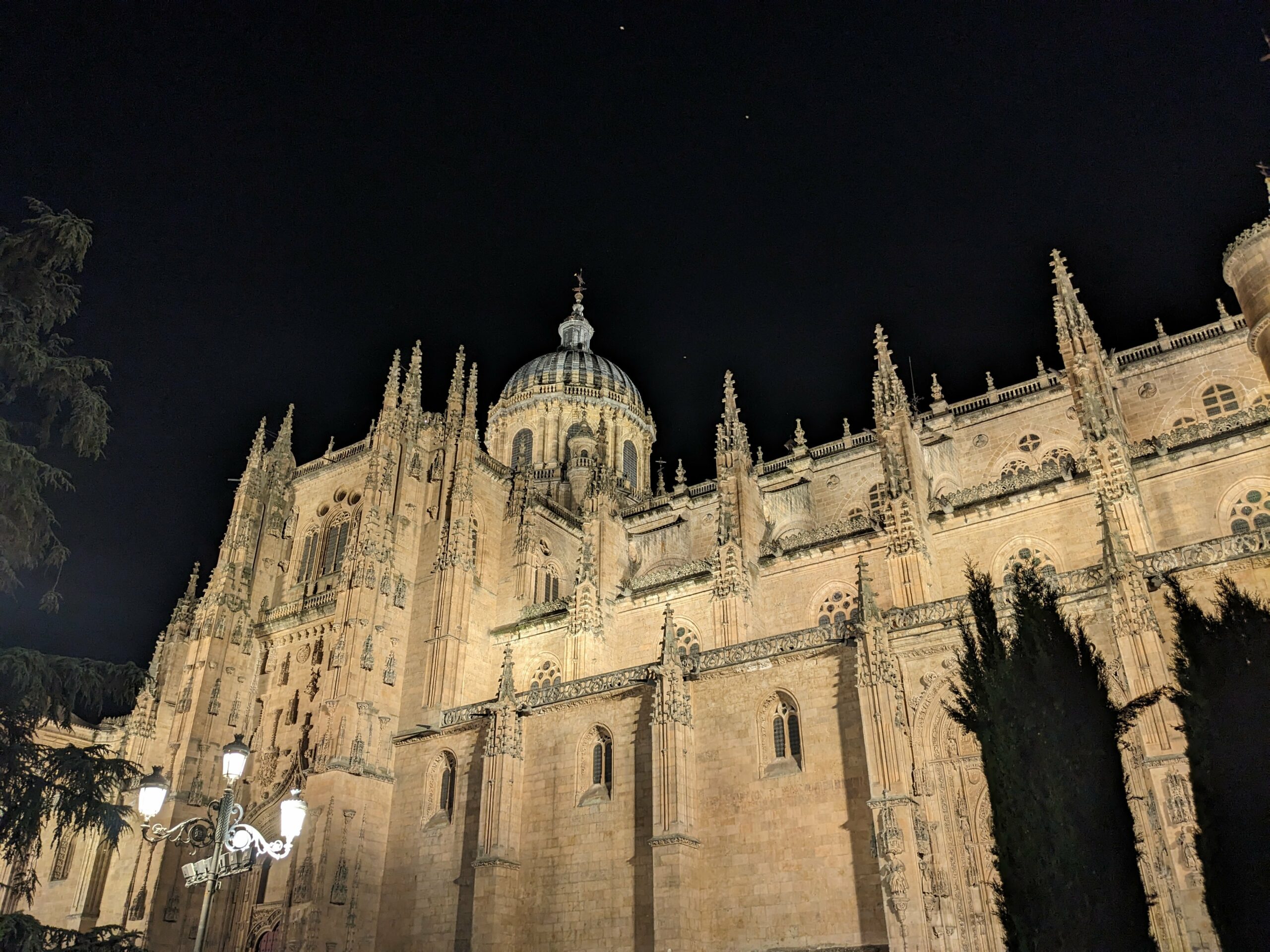As the sun rose, we boarded a train and reluctantly left the magic of Salamanca en route to Zaragoza, the capital of the autonomous region of Aragón (and yes, that is from where Henry VIII’s first wife, Catherine of Aragón, hailed – I knew my primary school history would pay off one day).
Once we reached Madrid, we crossed the city ready to board our first high-speed service since Japan – it’s been a while!


On our arrival in Zaragoza and after an unexpected round of Public Transit Roulette when our local bus suddenly diverted from its route, we began our exploration at the humongous Basílica de Nuestra Señora del Pilar. This enormous church was constructed around a pillar upon which the Virgin Mary was said to have appeared to St. James the Apostle, leaving the pillar behind as a token of her visit. We were a bit confused, to be honest – why was she on a pillar? And why was the pillar all but covered up by a shroud except on 2nd, 12th and 20th of each month? We never did find out, but it was an impressive building nonetheless.
Our next stop was something totally different: the Museum of Origami. It began with an exhibit on the history of origami and explained how paper came from the east to the west via Samarkand around the 8th century, and then paper folding appeared to develop in parallel in both regions, with differences in style (typical angle of the folds) and function (most symbolic and ceremonial in the east; mostly functional to create things like wrappers and boxes in the west).
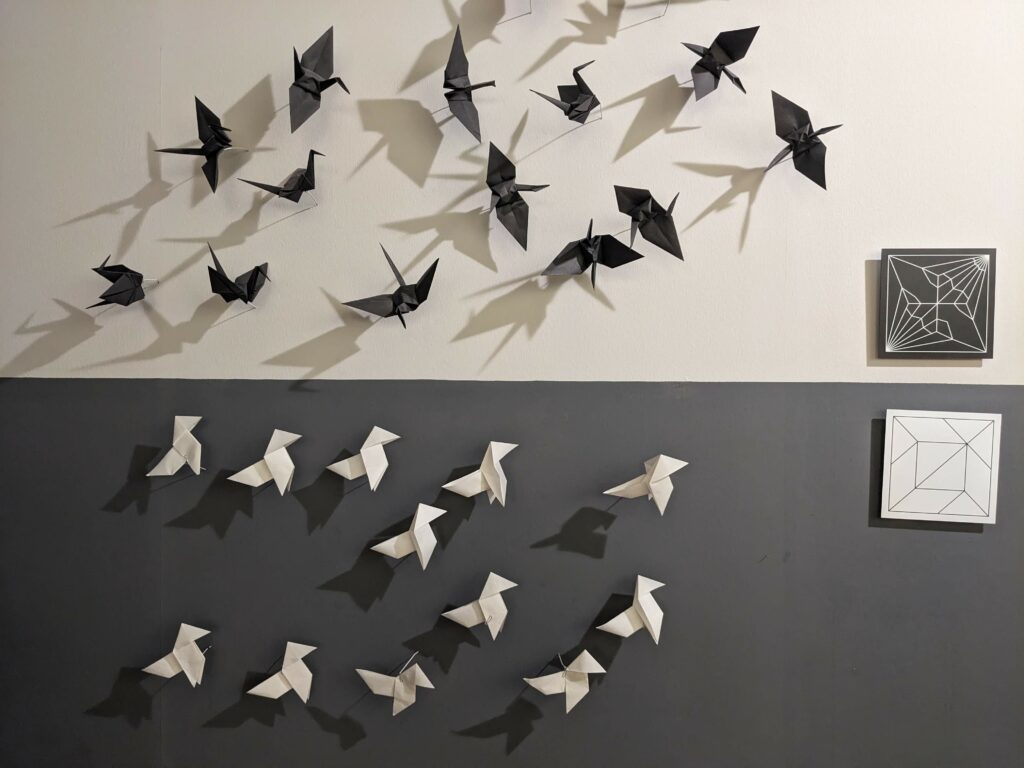
We then learnt about the different styles of origami (including organic, modular, hyper-realistic and sculptural) and saw some truly astounding examples of each.
Our final stop of the day was the Aljafería, which began as an Islamic palace in the 11th century, had a Catholic palace added in the 15th century, served as a barracks in the 18th century and now houses the regional parliament. We spent the vast majority of our visit trying to make sense of the utterly useless app that would supposedly give us an audio tour of the complex – in the end, we were the last people in the building at 8pm and had to be escorted out by a security guard! So, we weren’t always entirely certain what we were looking at, but the buildings obviously had a very interesting history and it probably would have been a great visit if we’d not still been faffing around making plans for the day when the daily English-language tour departed at 11am…
We’d read that Zaragoza had one of the best tapas scenes in Spain, which of course sounded right up our street, so we spent both of our evenings in the city trying to perfect our tapas strategy. This proved…tricky. We had many questions about the right way to do things, but in the weekend chaos, it was difficult to follow our usual strategy of just copying what the locals do – they were always on the move! Anyway, we managed a bit of bar hopping, ate some great food (although possibly not with the correct technique – pinchos are tricky to eat delicately!) and soaked up the brilliant late-evening atmosphere in the tiny lanes of El Tubo.
After this, it was time to keep heading east as we had a schedule to keep. Our next (and very brief) stop was the city of Girona, which we reached thanks to two more high-speed trains. This is the life!
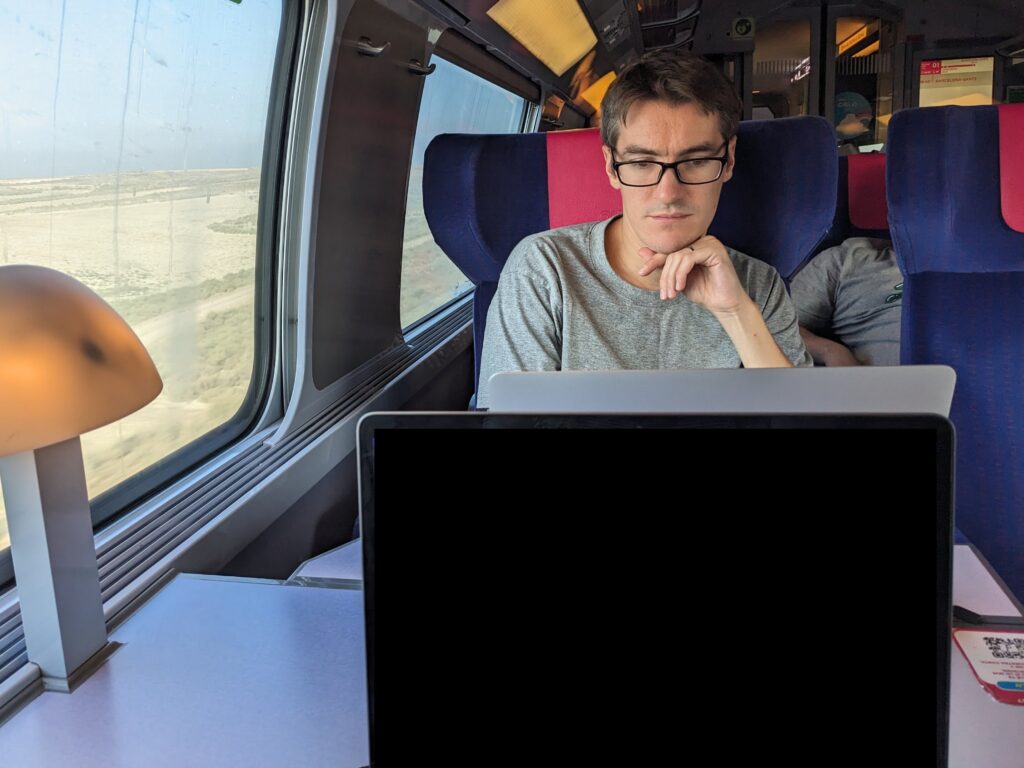
We had just one afternoon in lovely Girona, which we chose to spend exploring the city on foot.
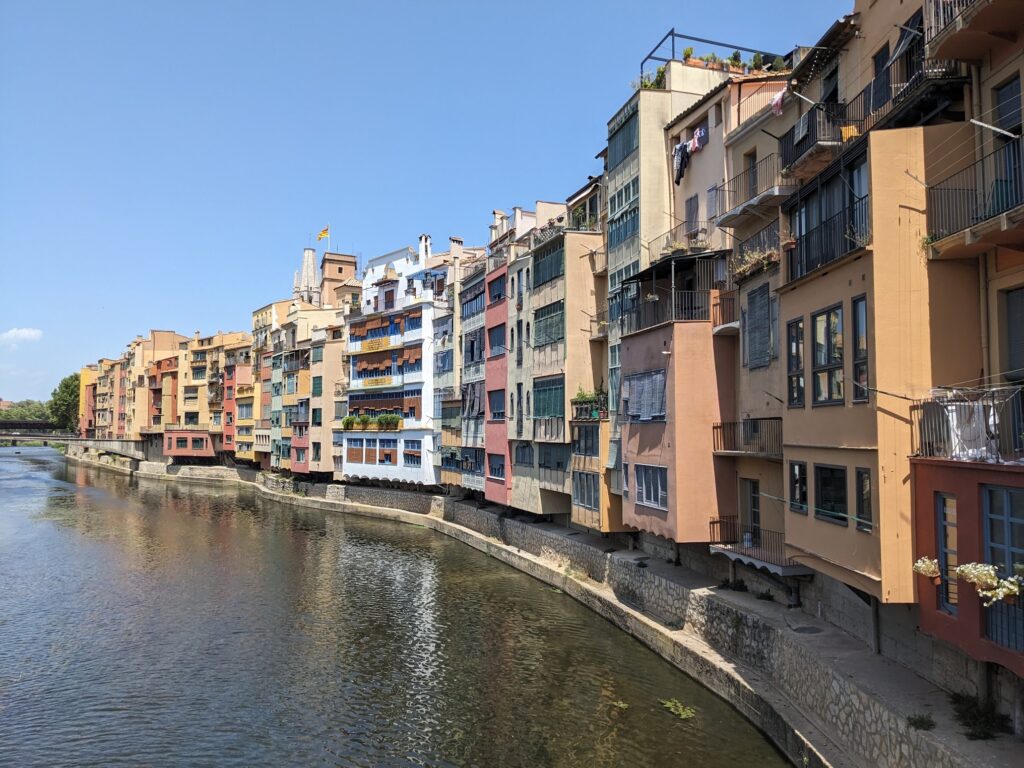
The narrow lanes of the Jewish Quarter were beautiful, but they hid a long and sad history. In the 13th century, Girona was home to one of the largest Jewish communities in Catalonia, but over time the people suffered persecution, slander, violence and forced conversions to Christianity. By the 15th century, those who had survived but not converted were expelled from the country, ending 500 years of Jewish contributions to astonomy, mathematics and medicine in Spain.
In the evening, we climbed up onto the city walls to get a different perspective on the city. I do love a free activity with a good view!
Our time in Girona concluded our traversal of the Iberian Peninsula, and our next stop was Montpellier, France. But first, we had to locate the mysterious undergound station in order to catch our bus out of the city…
